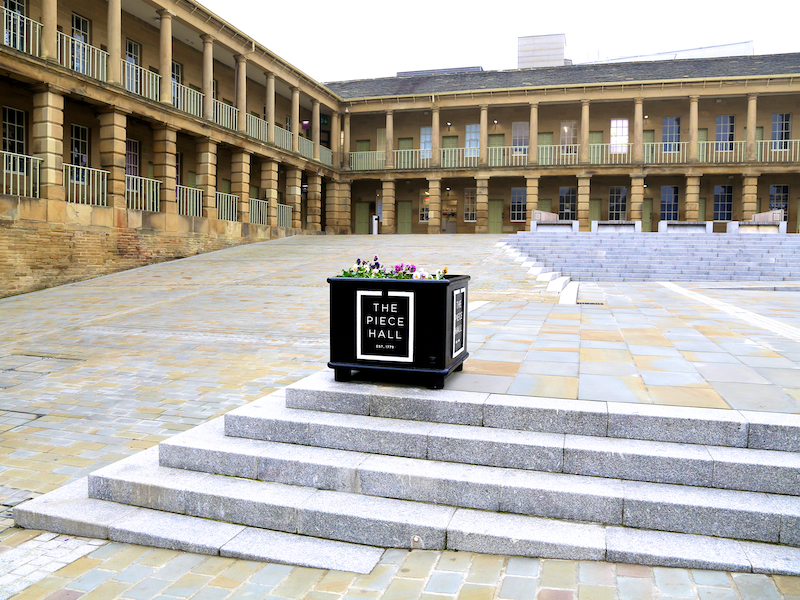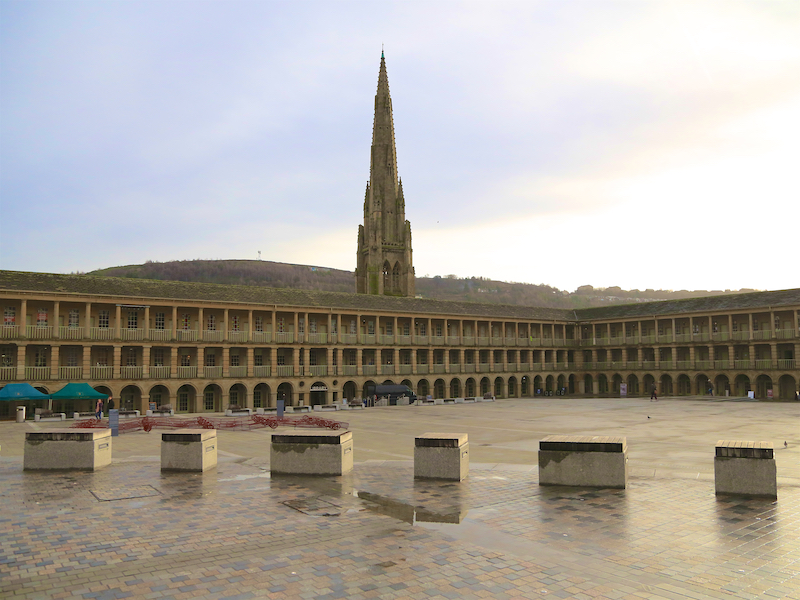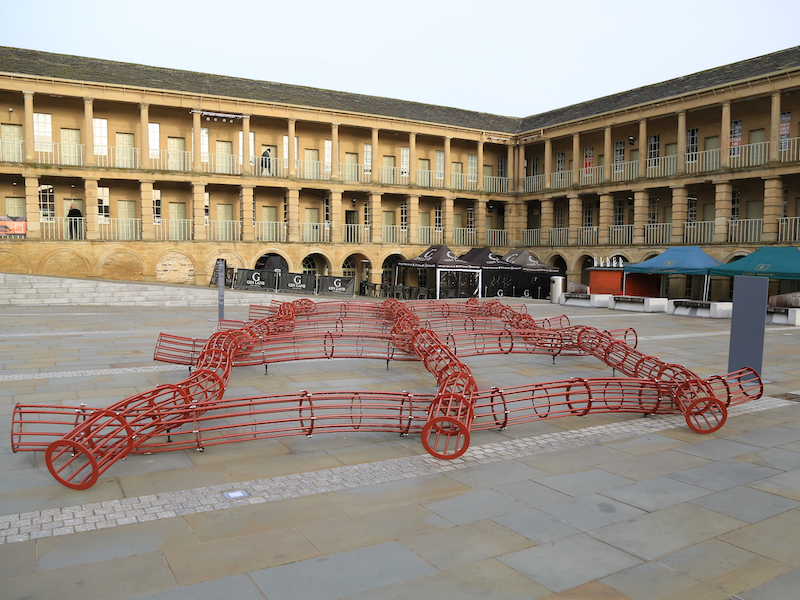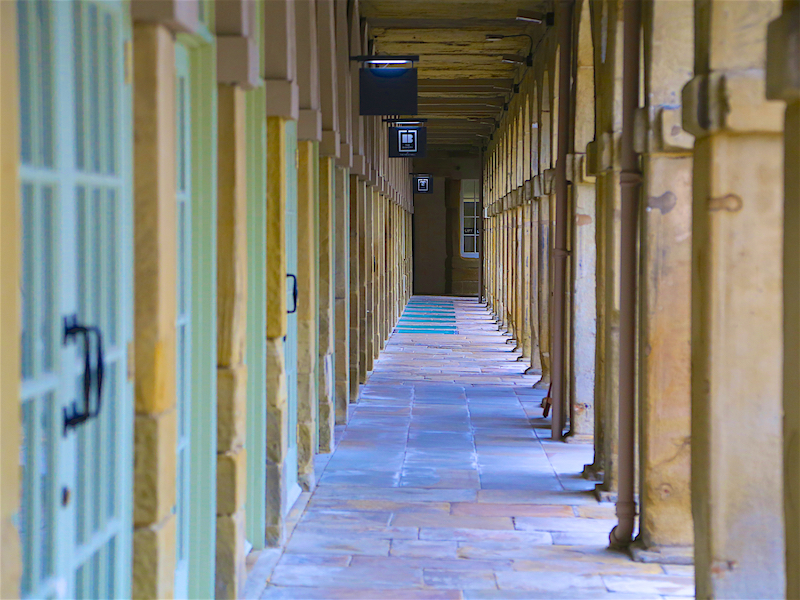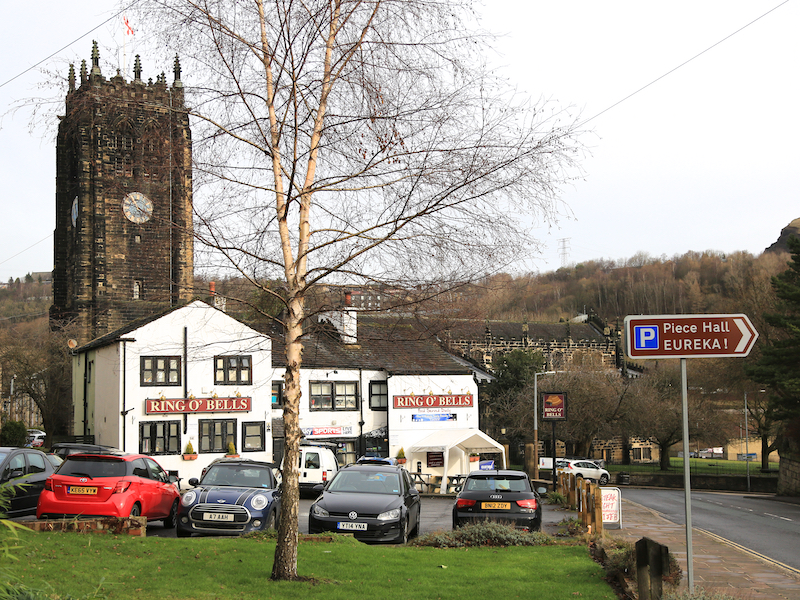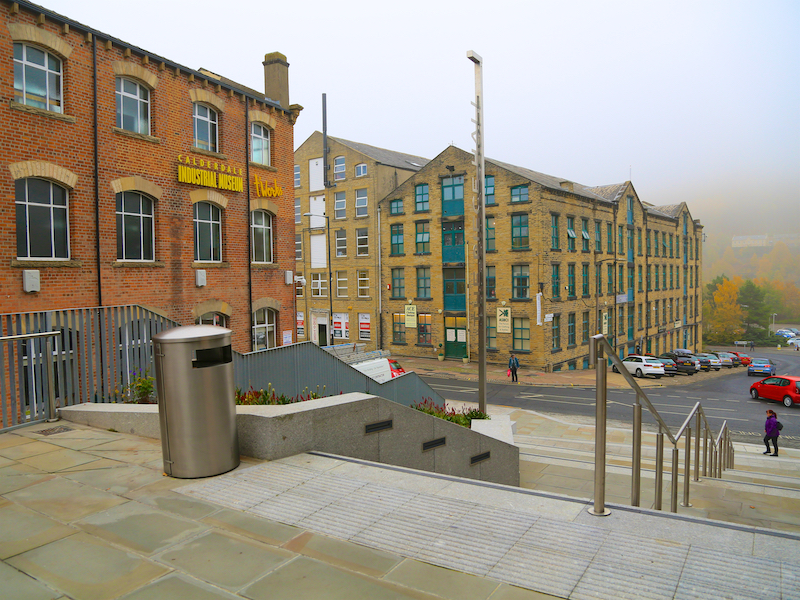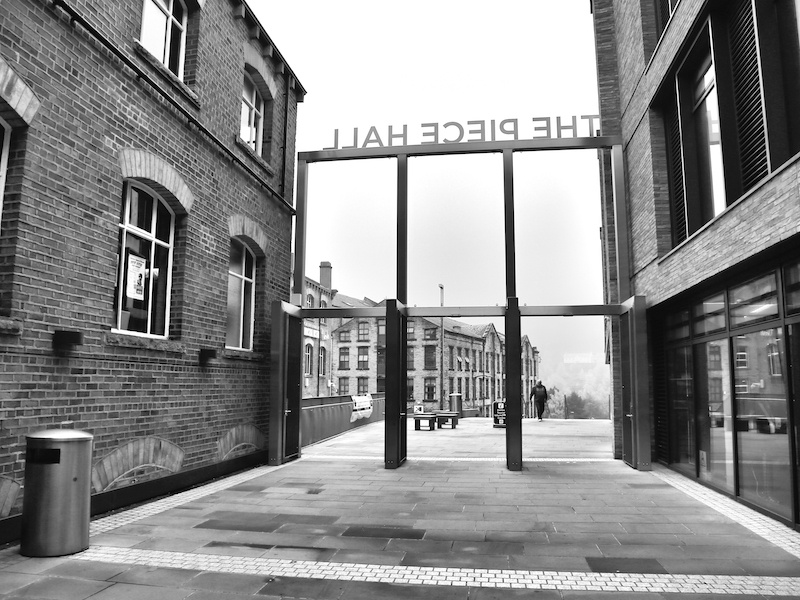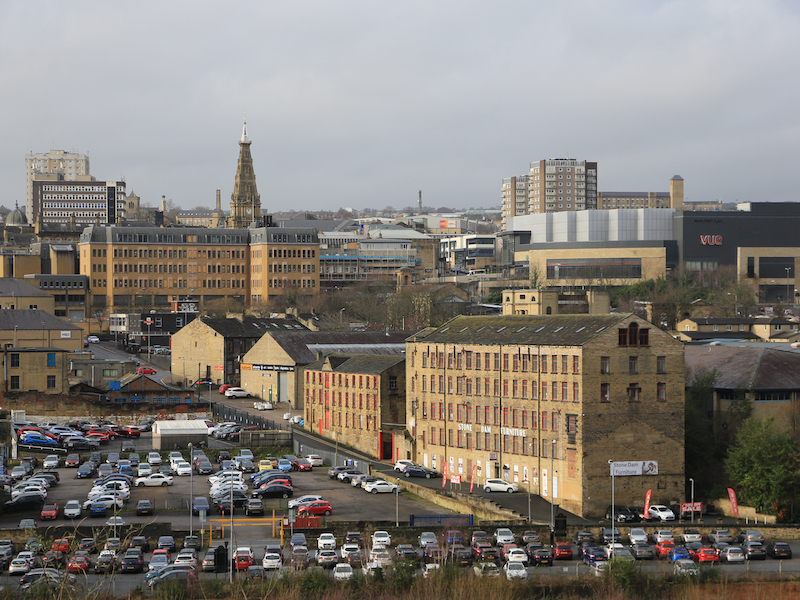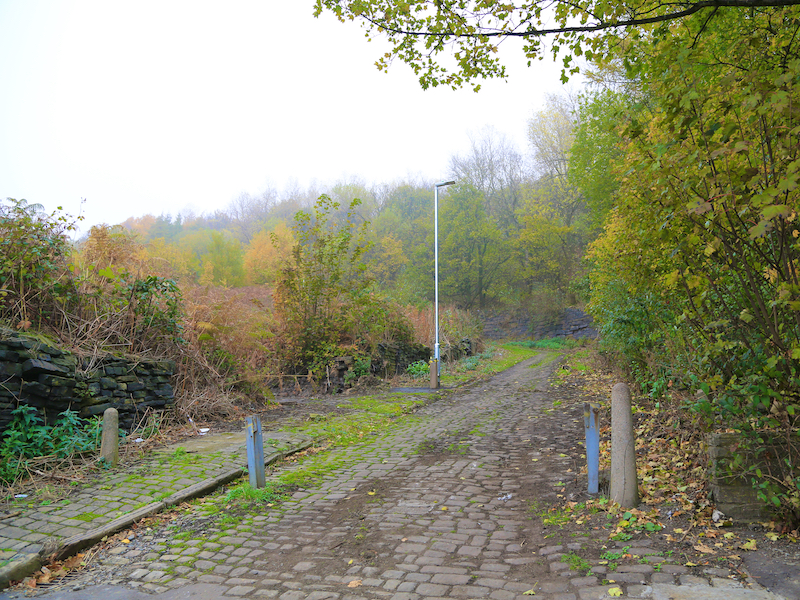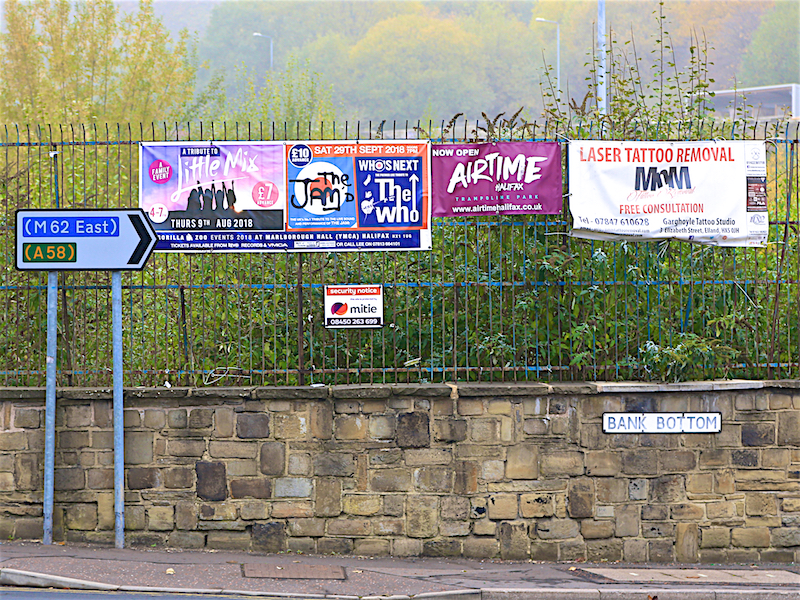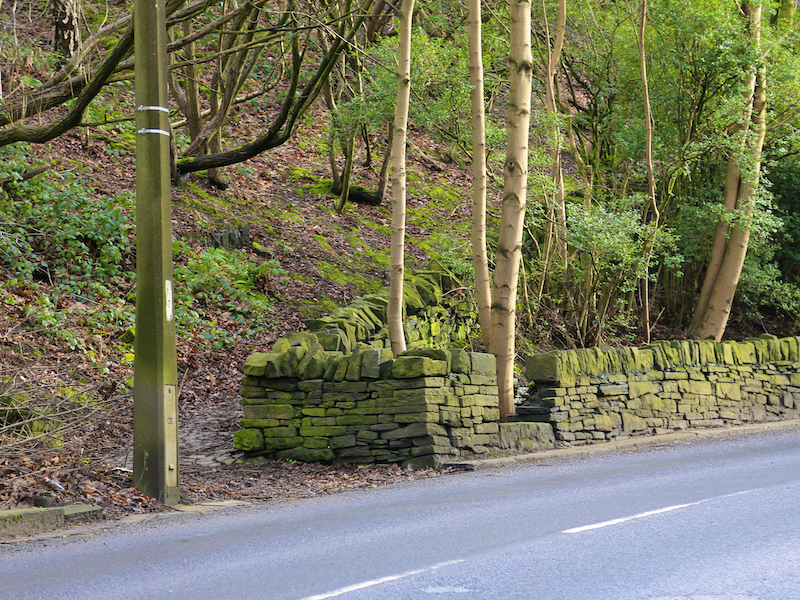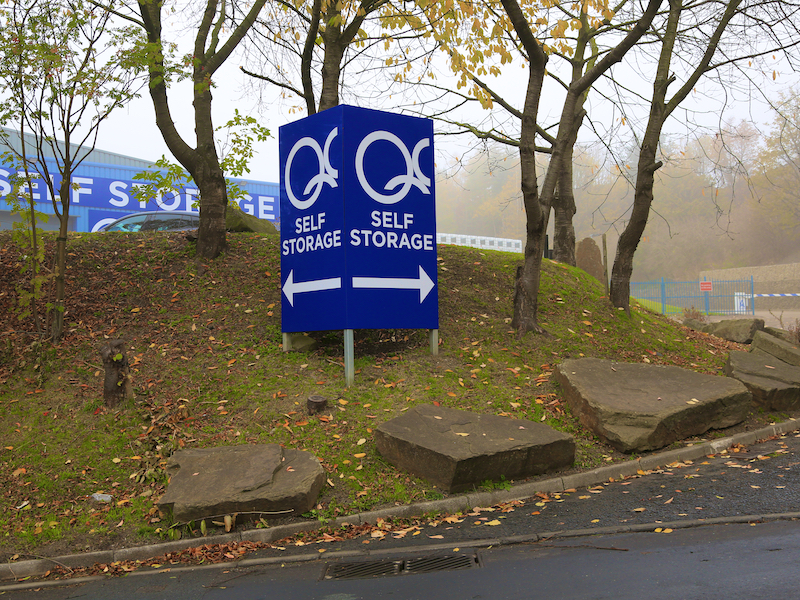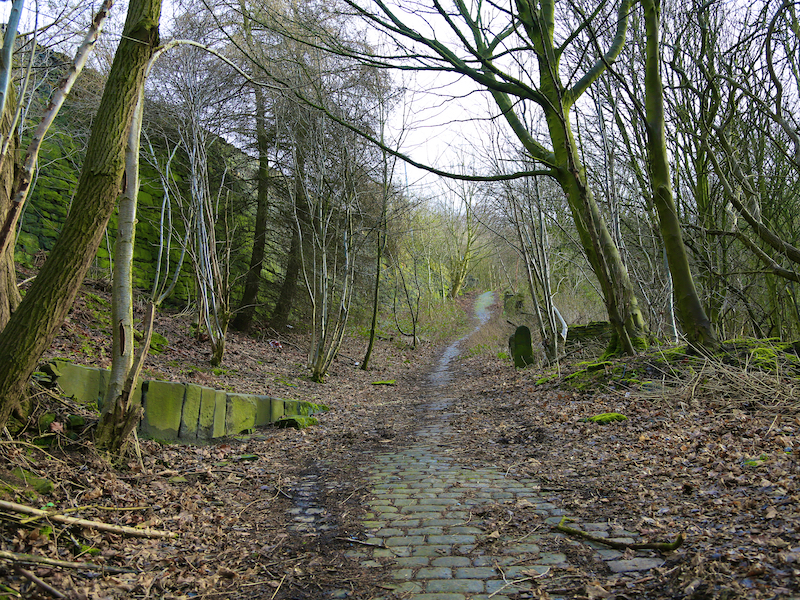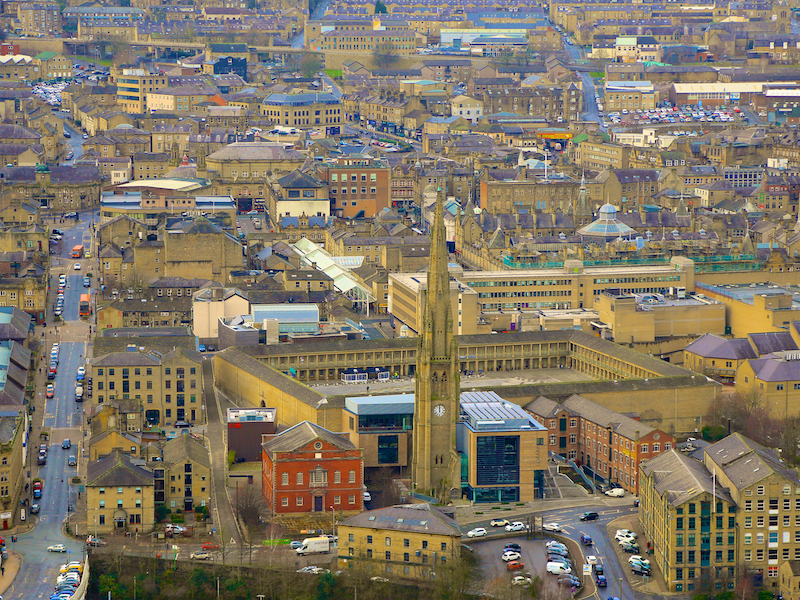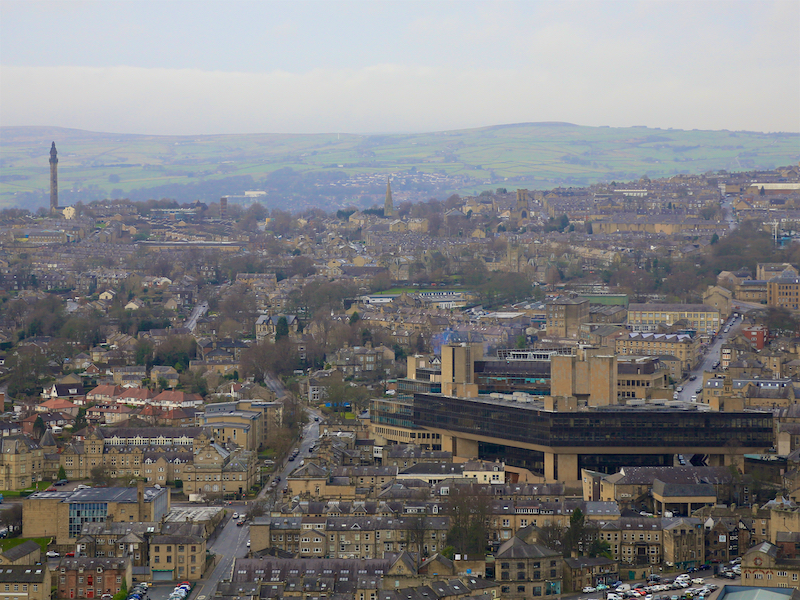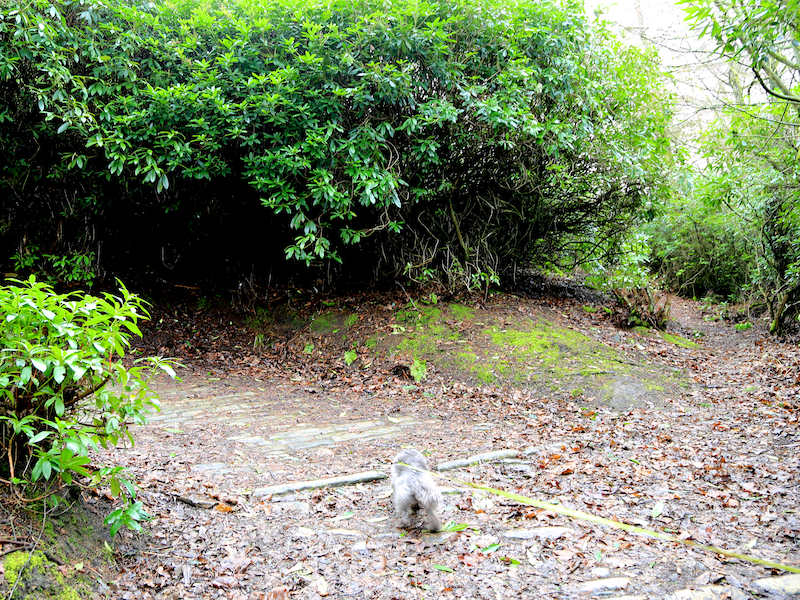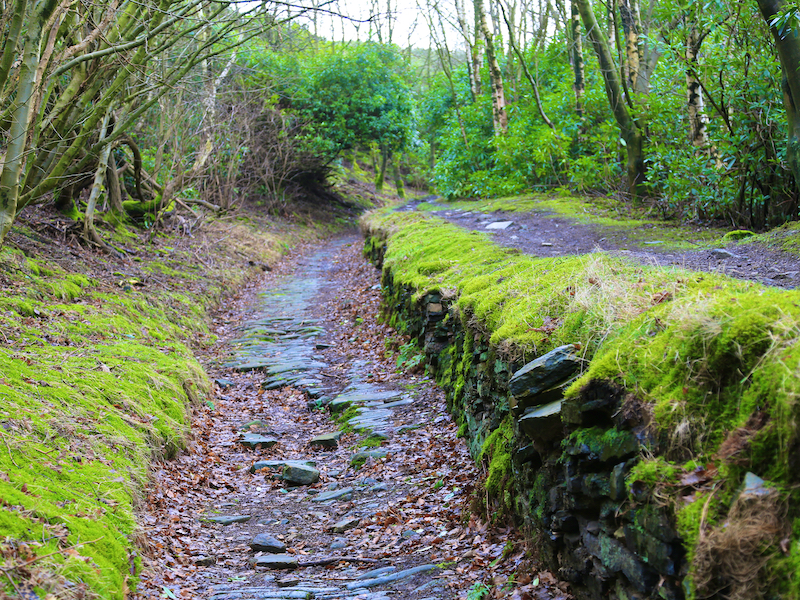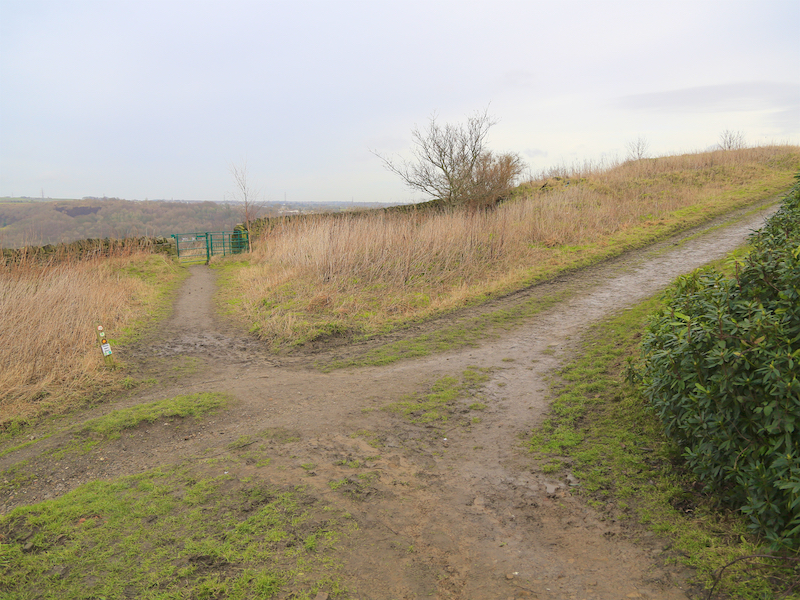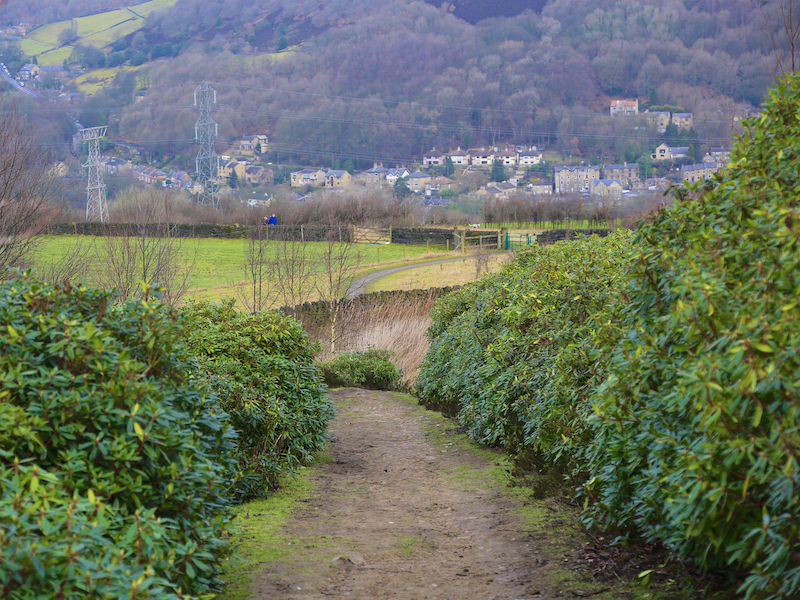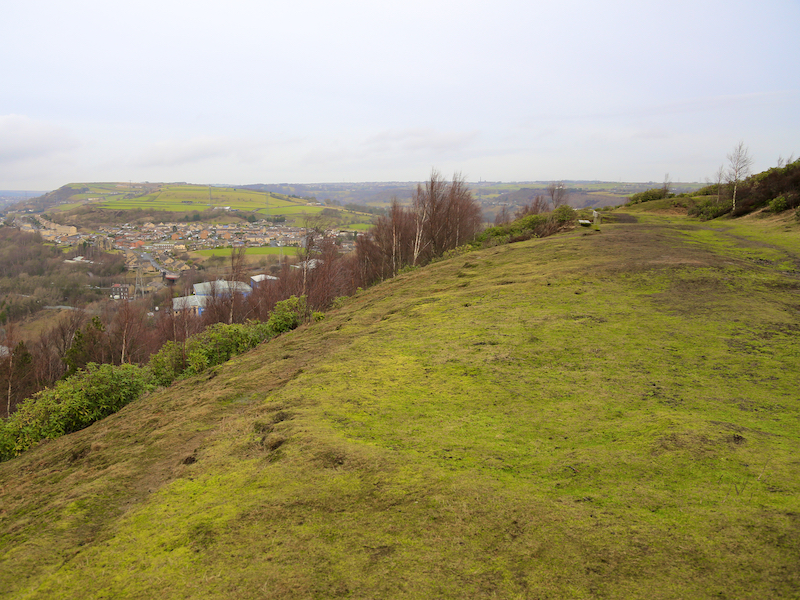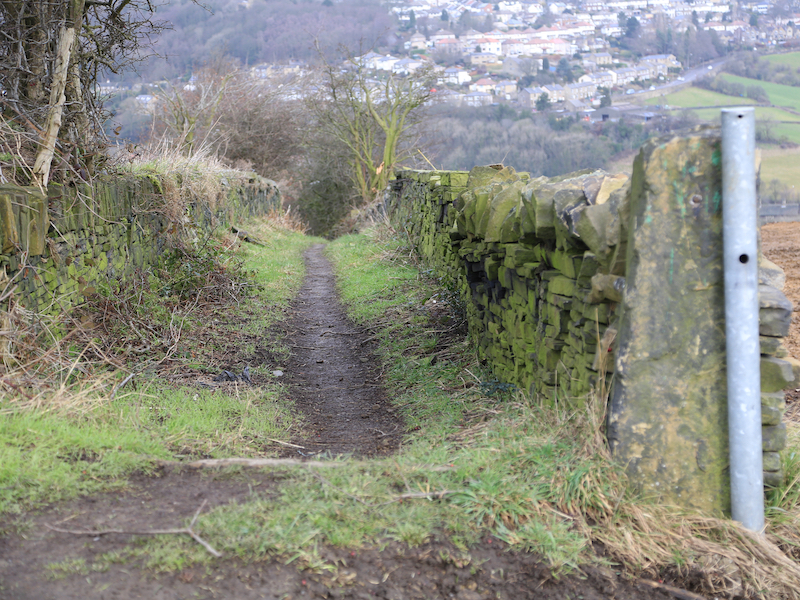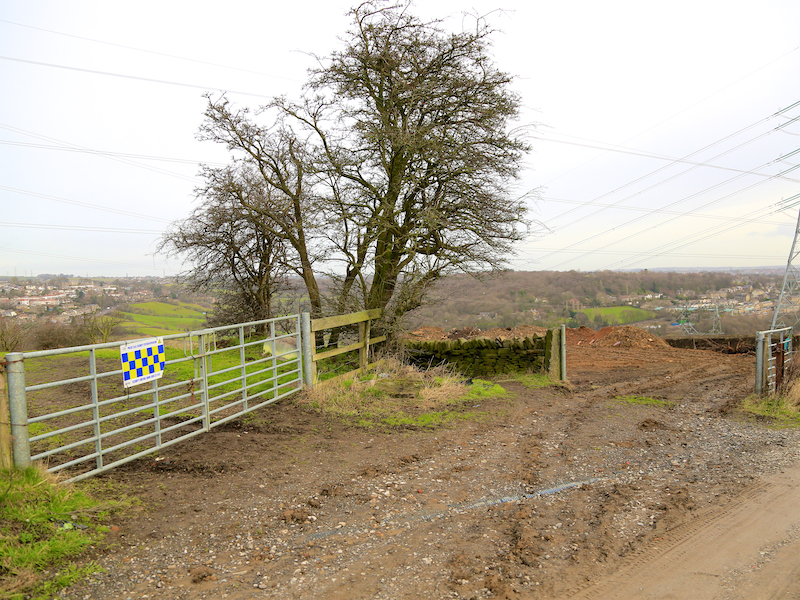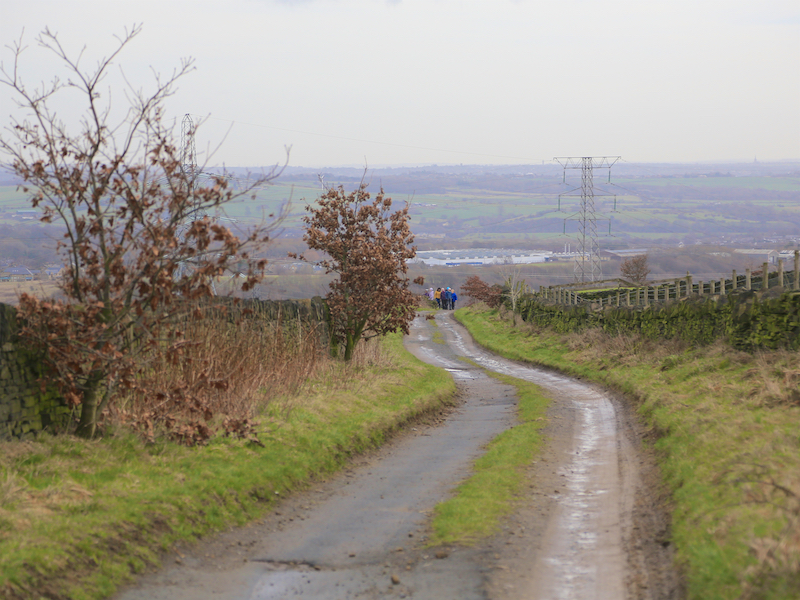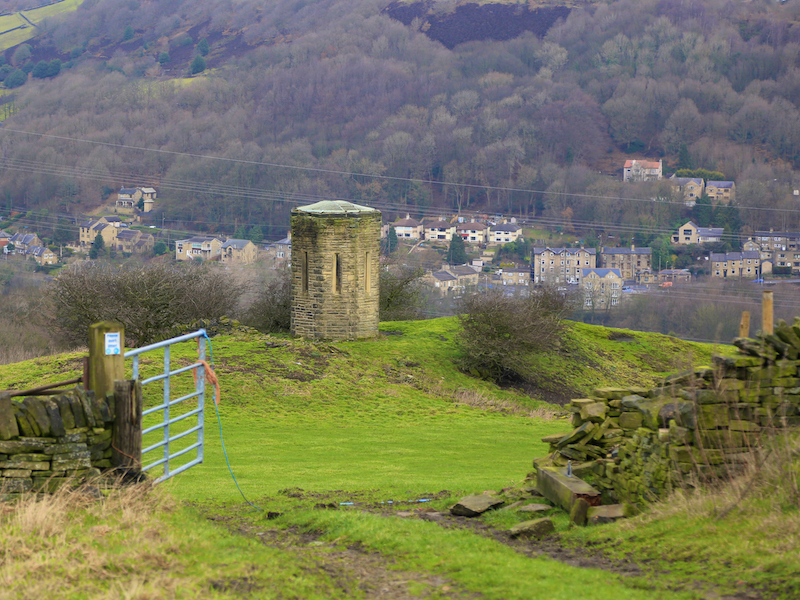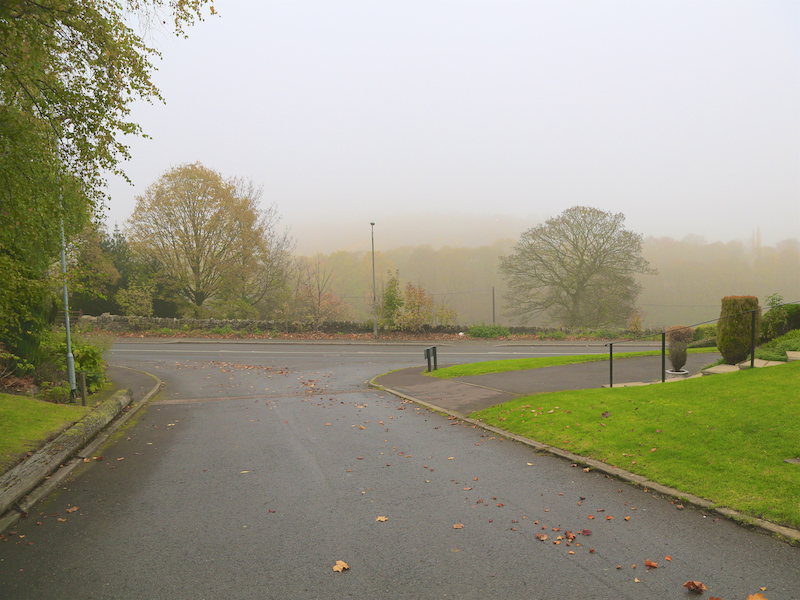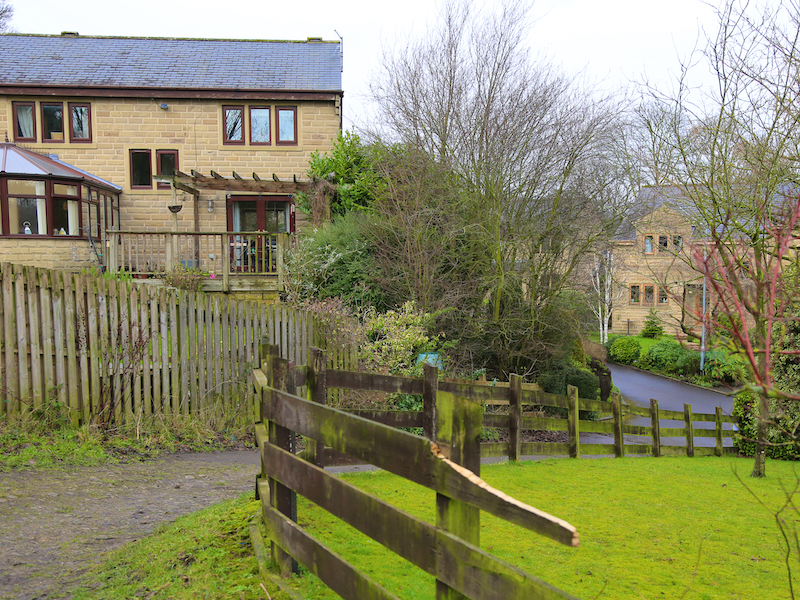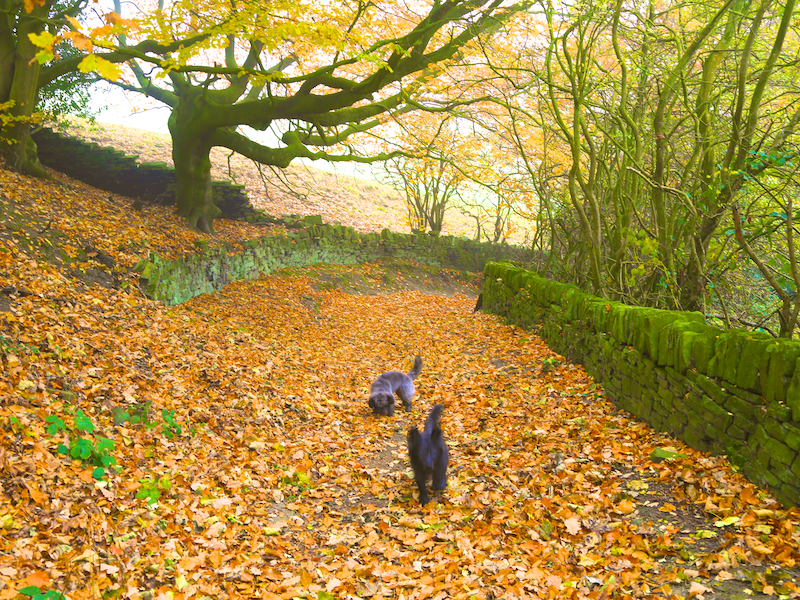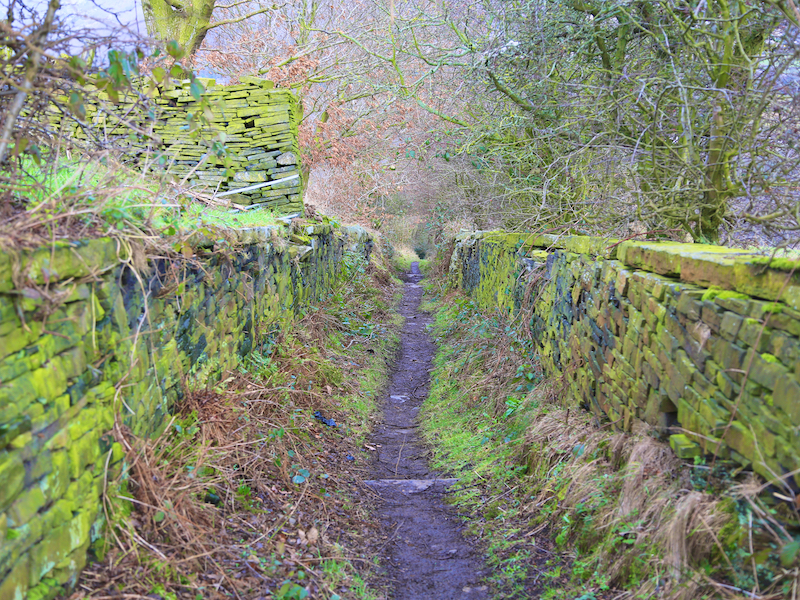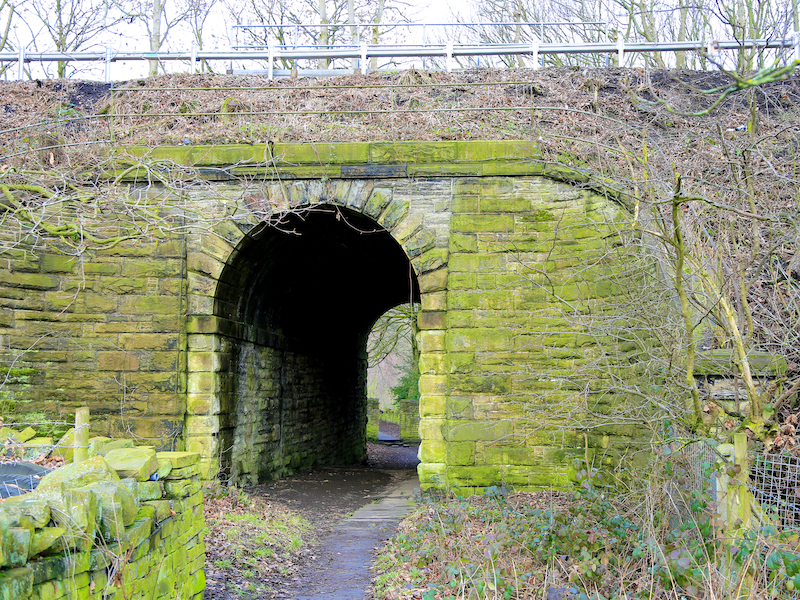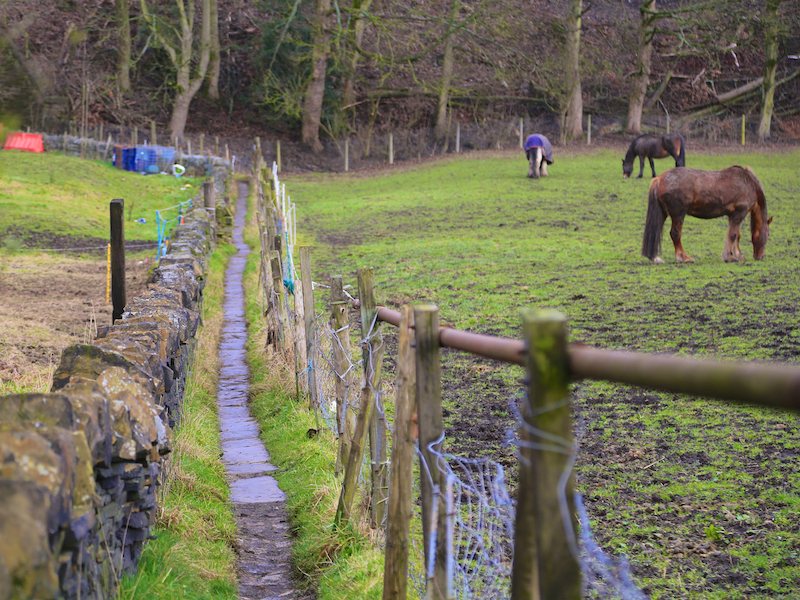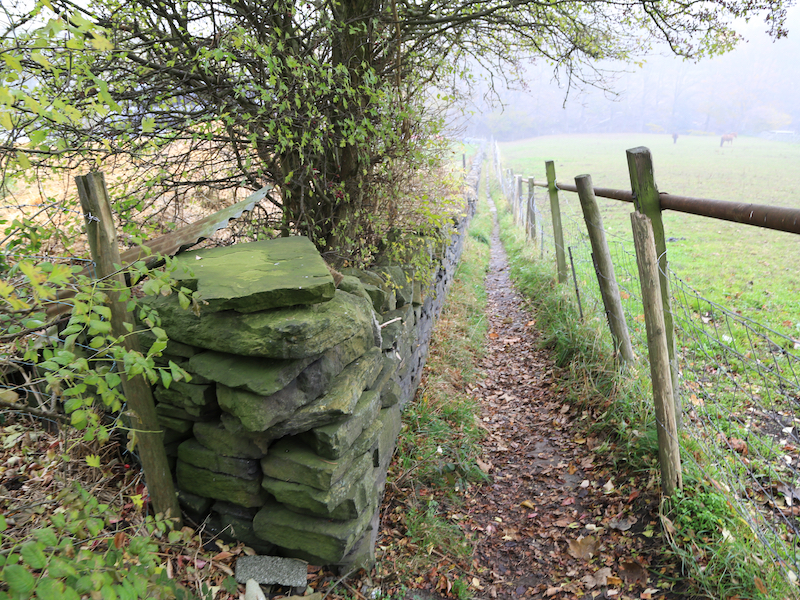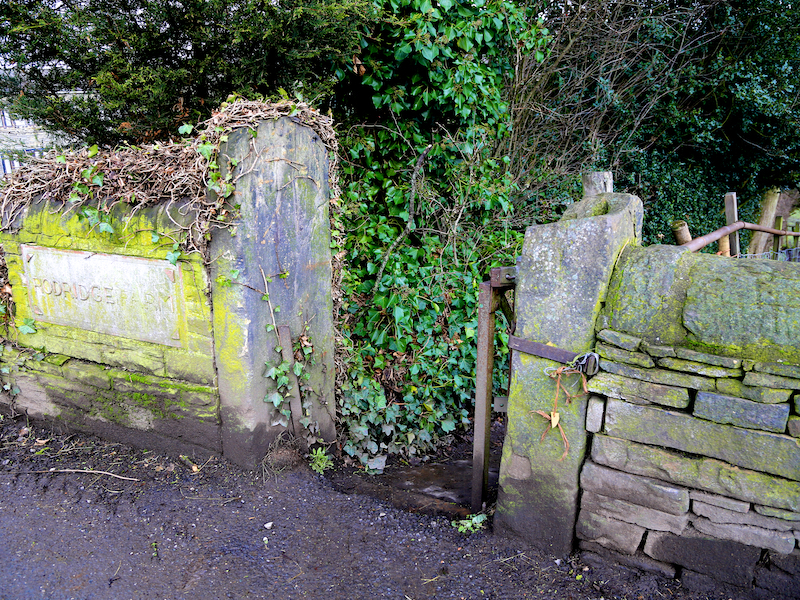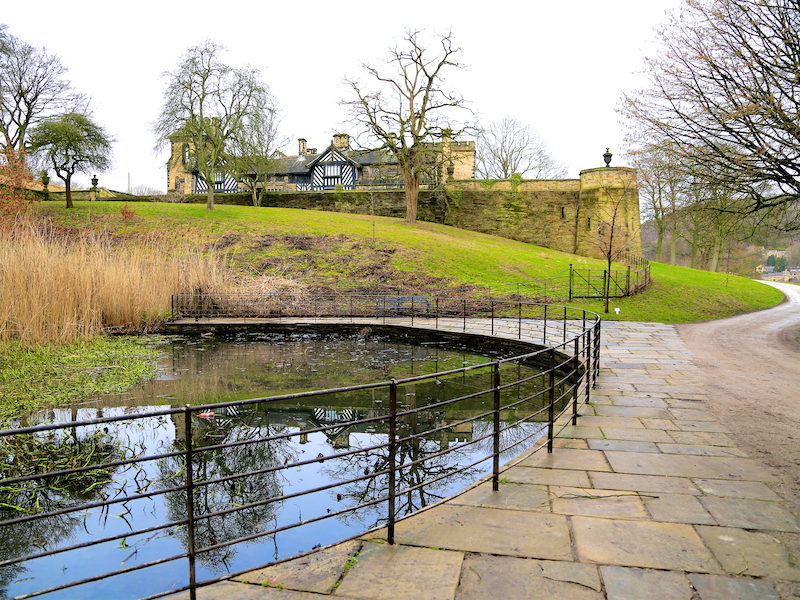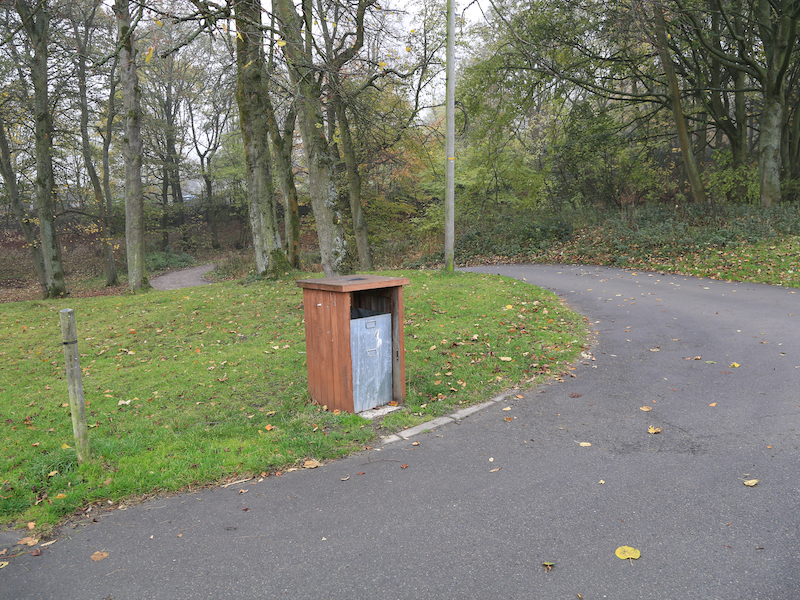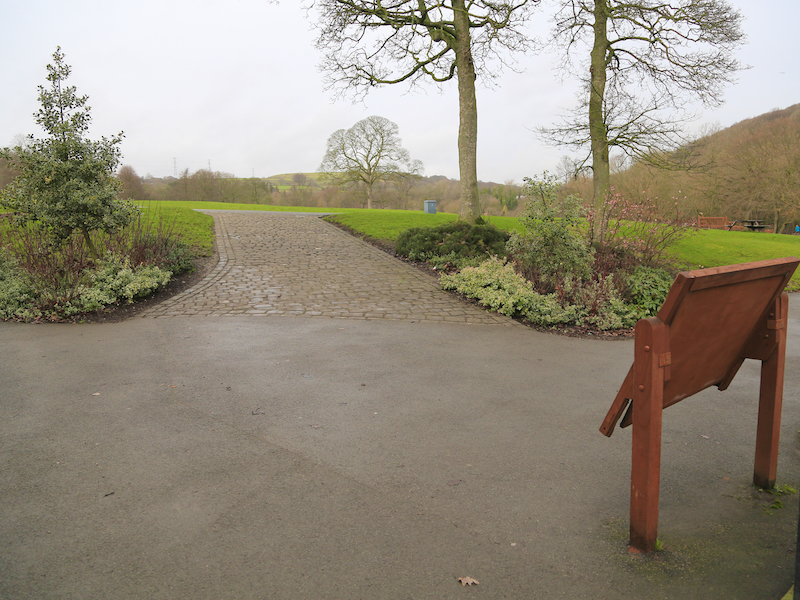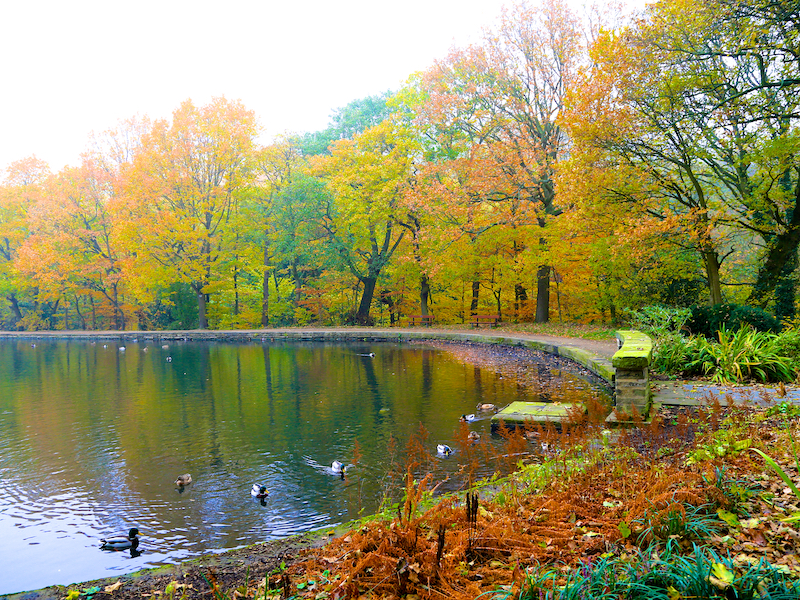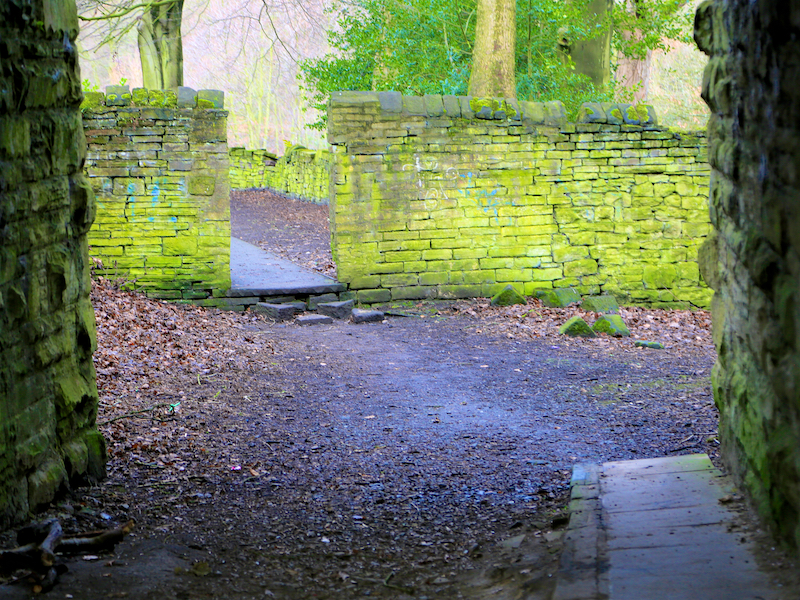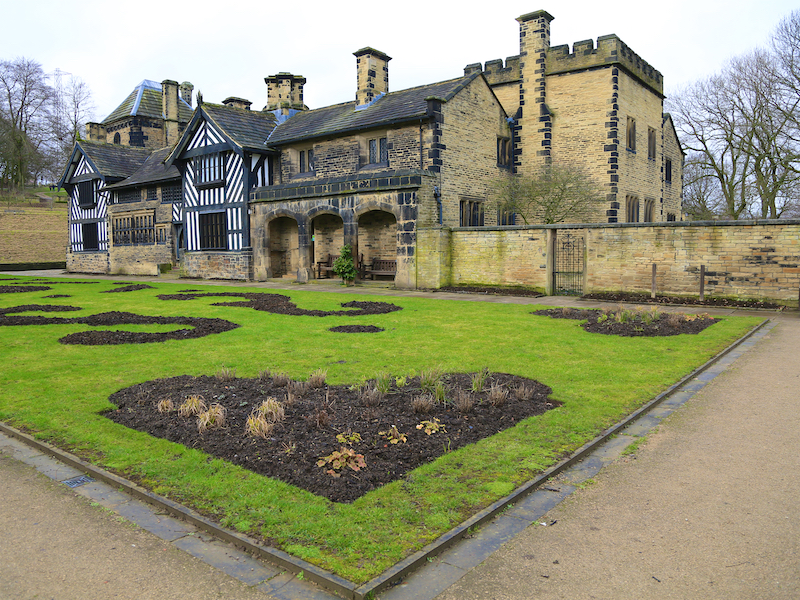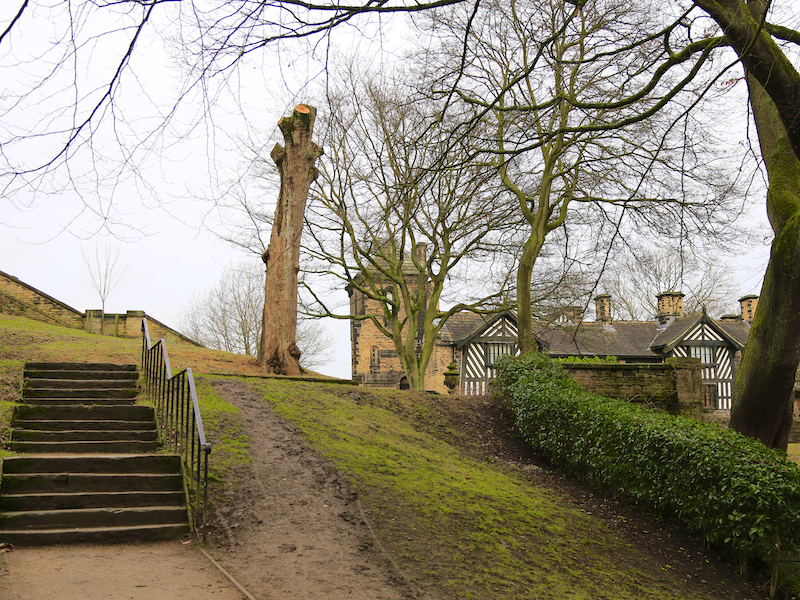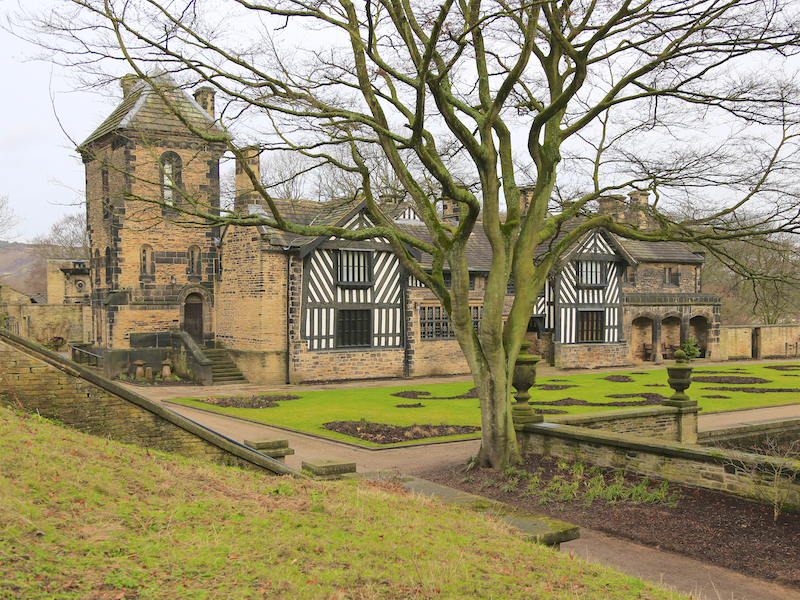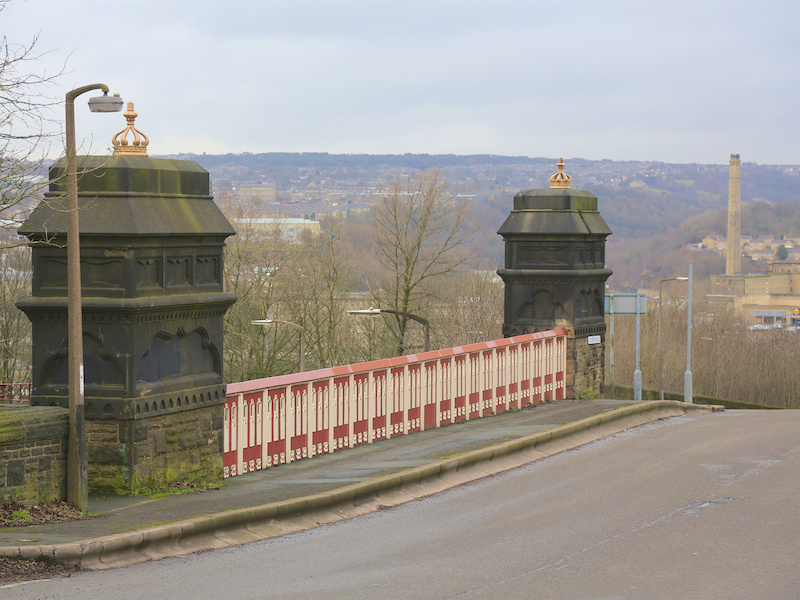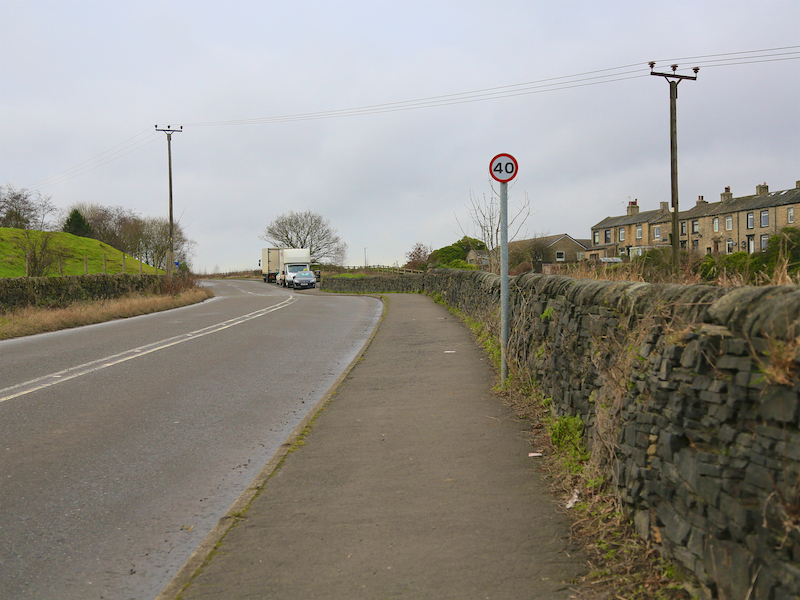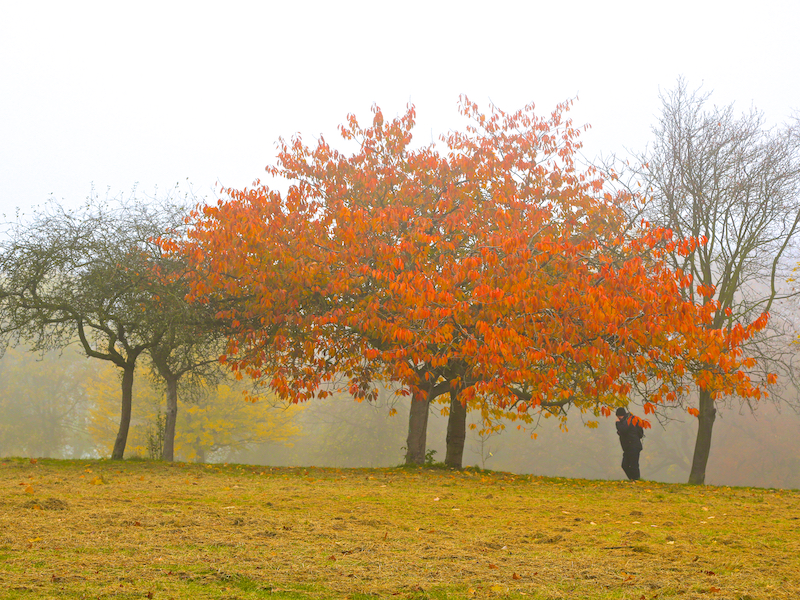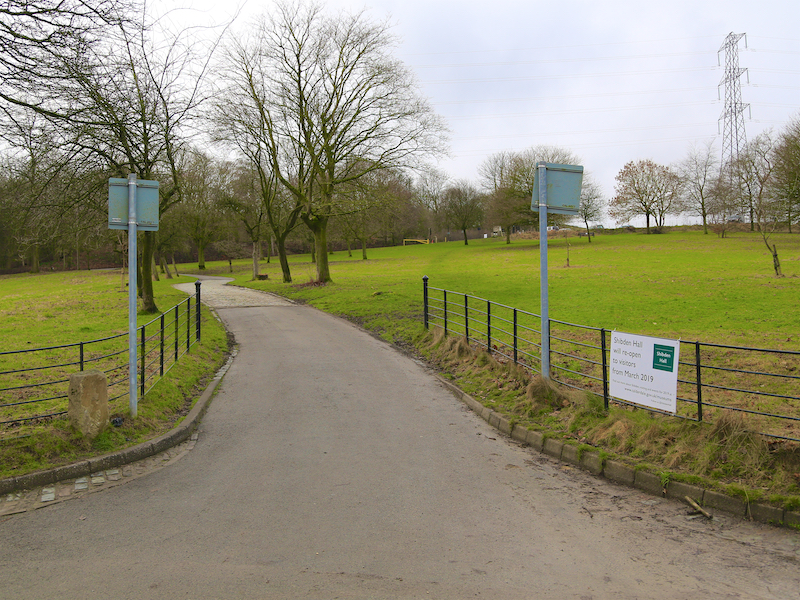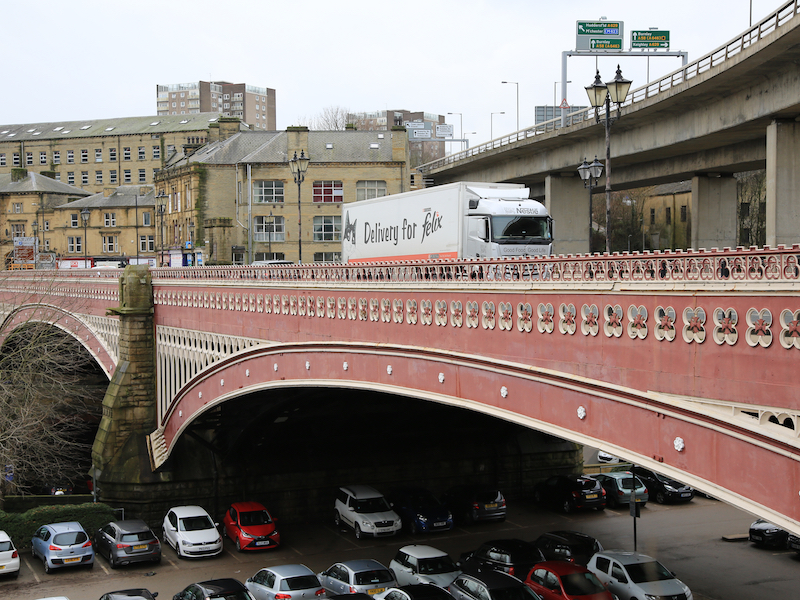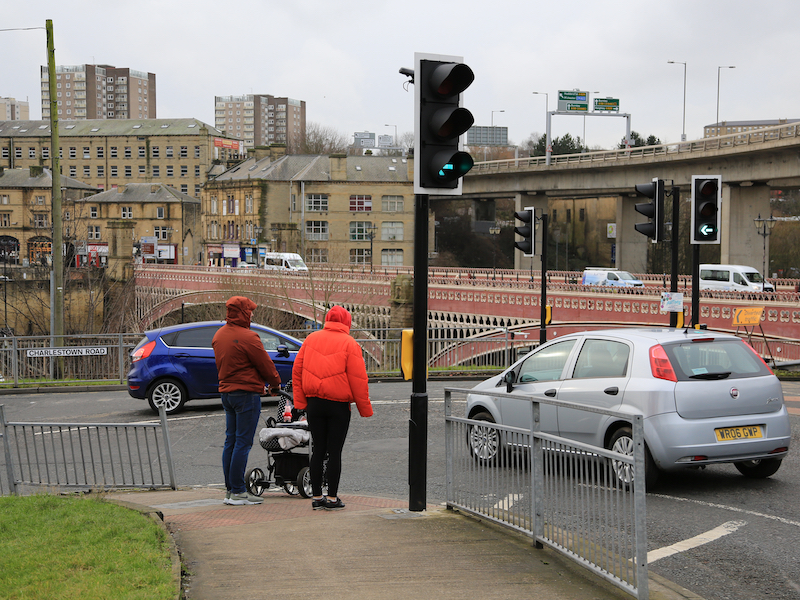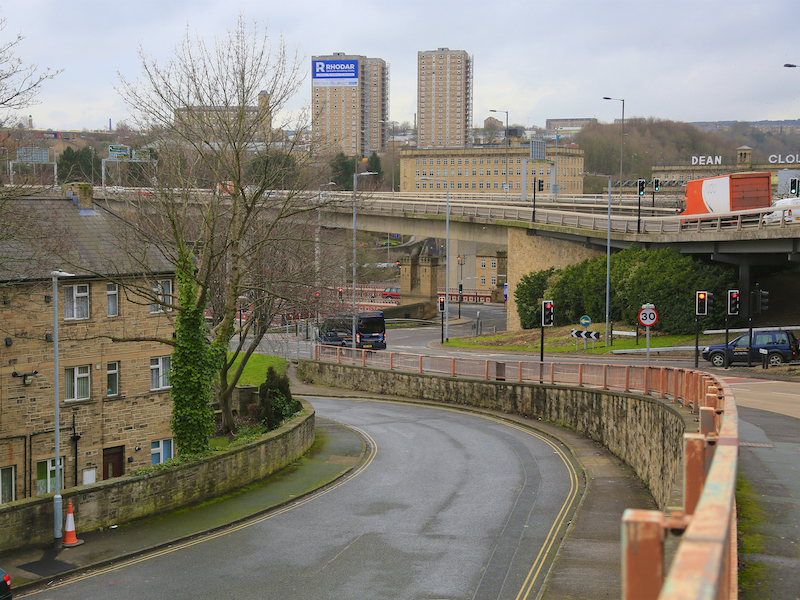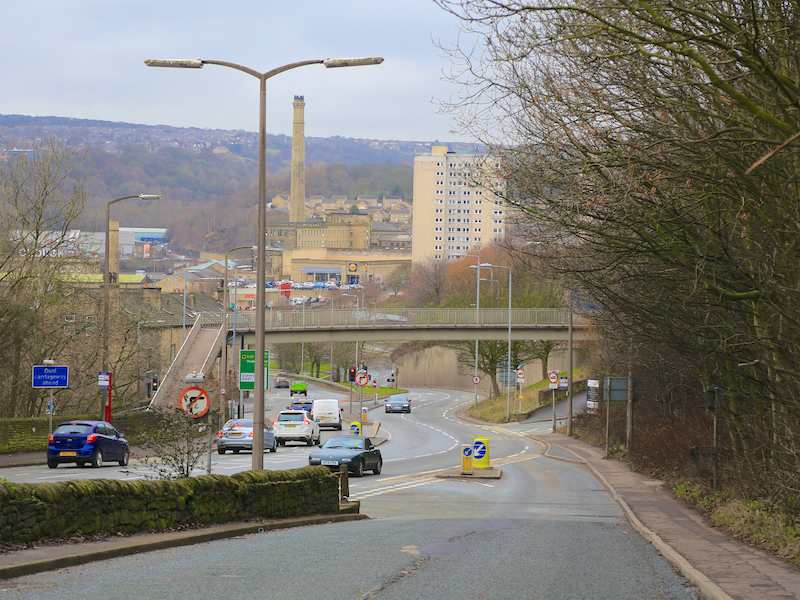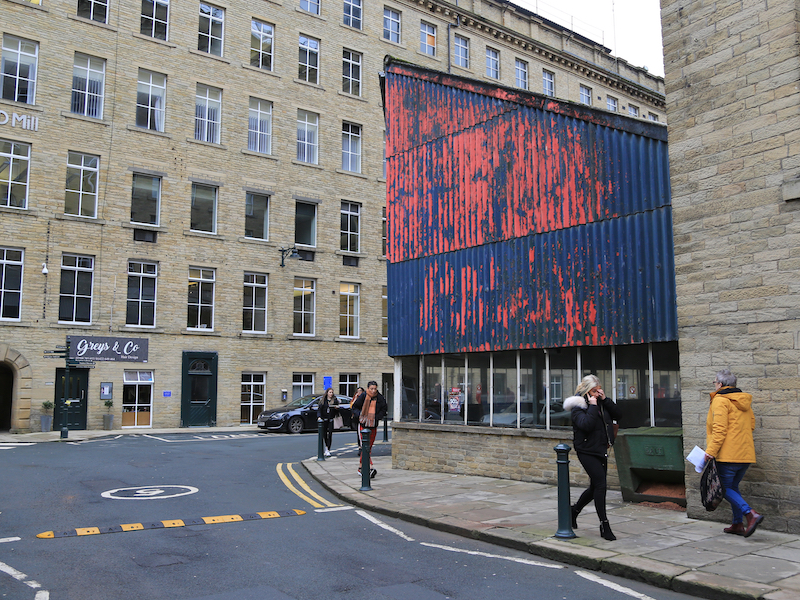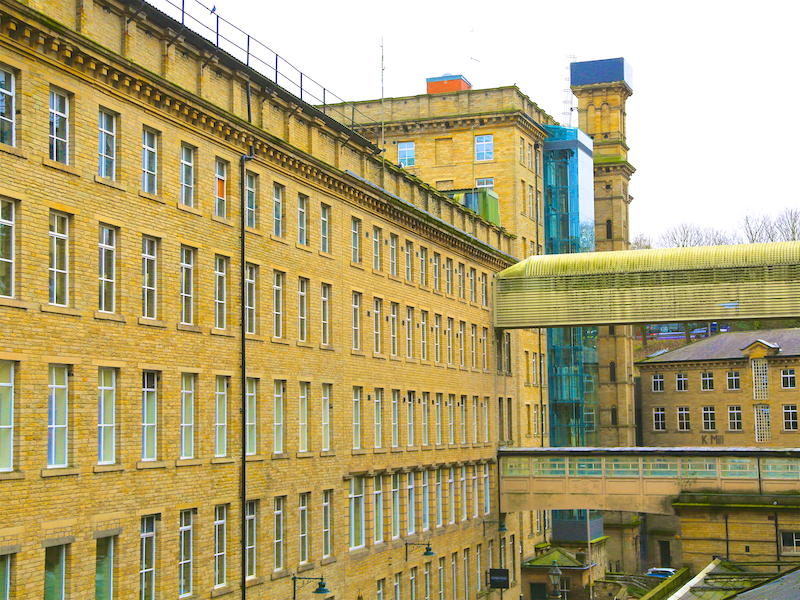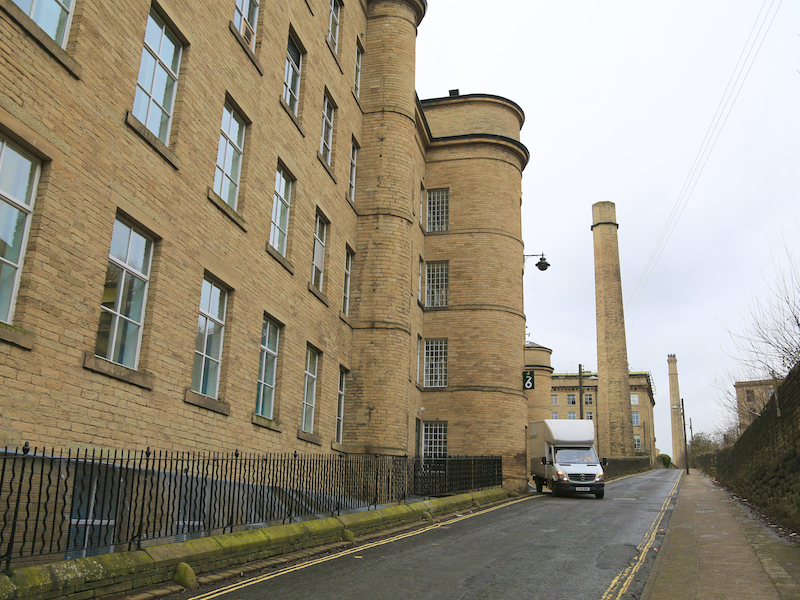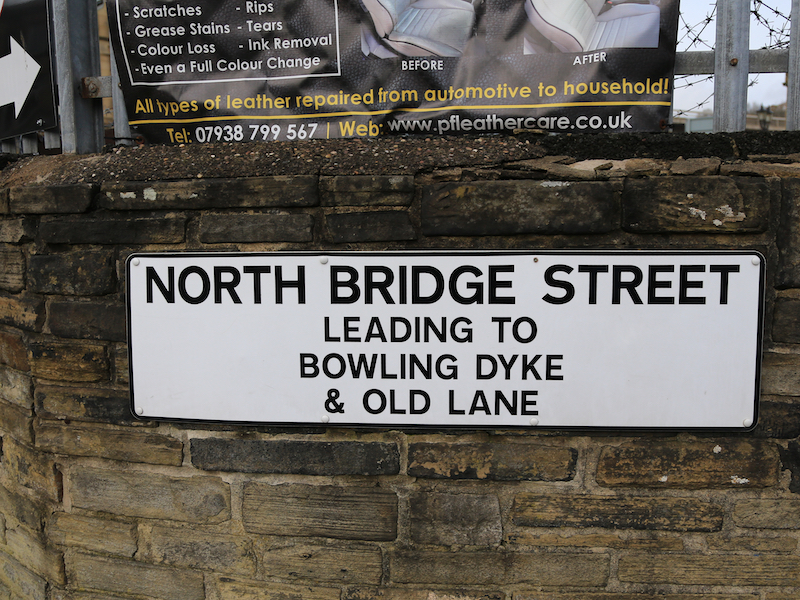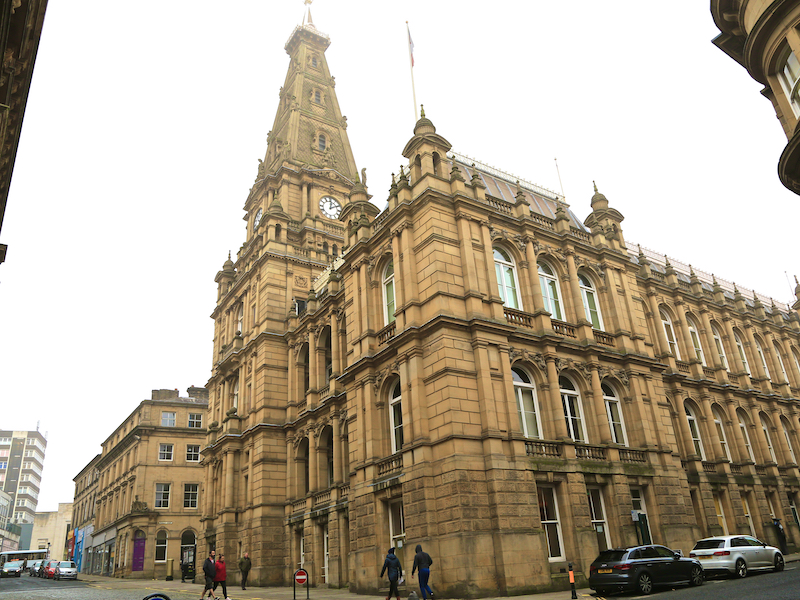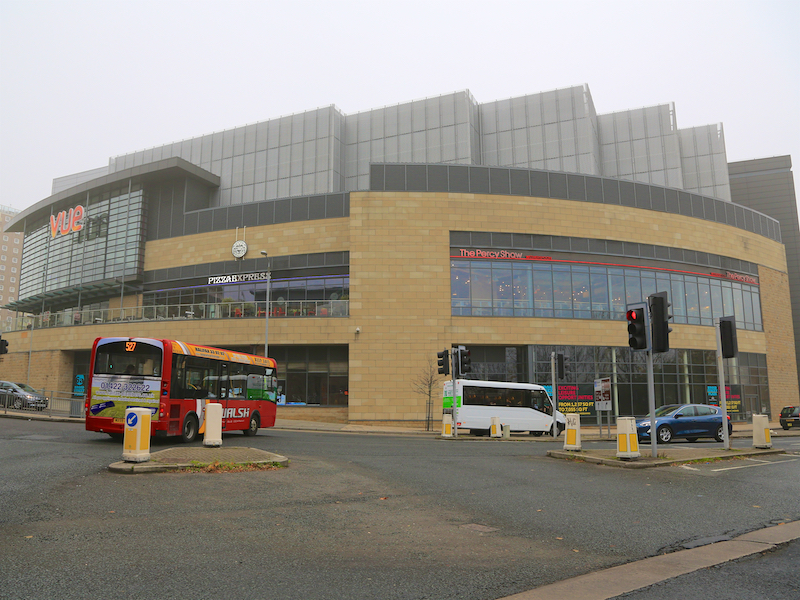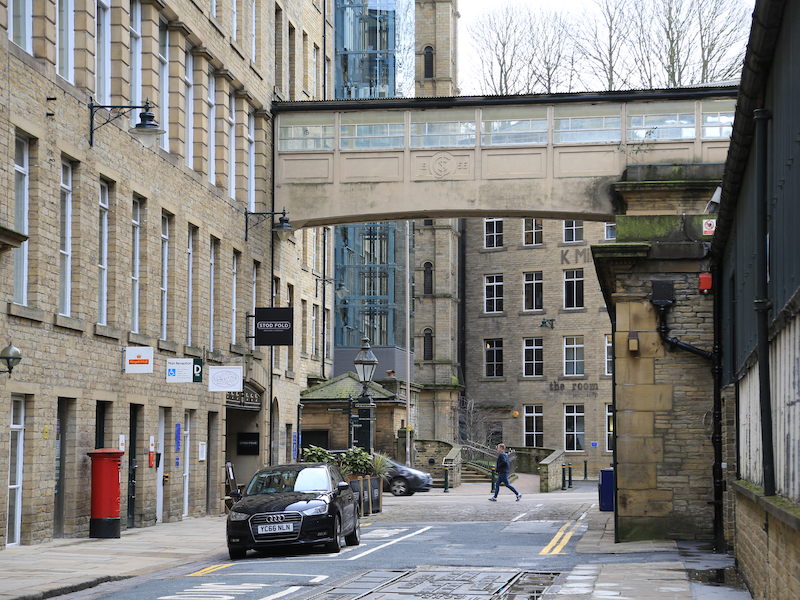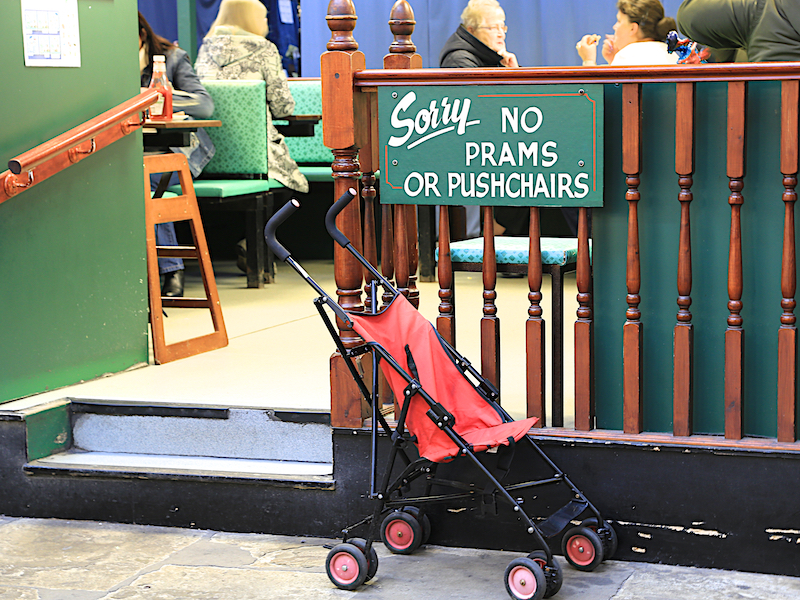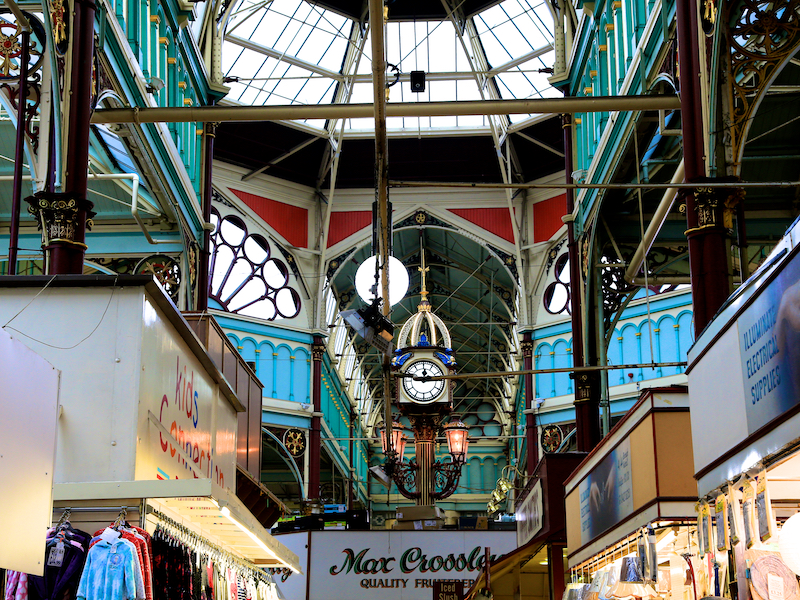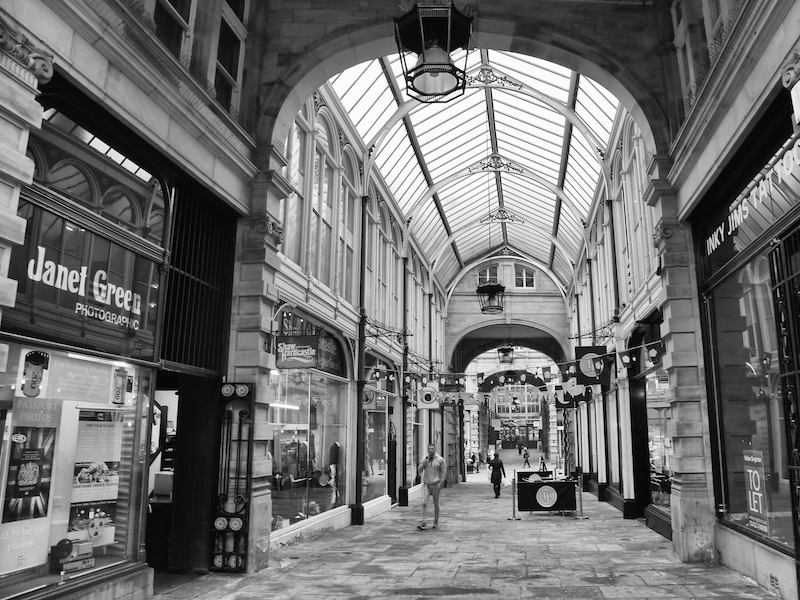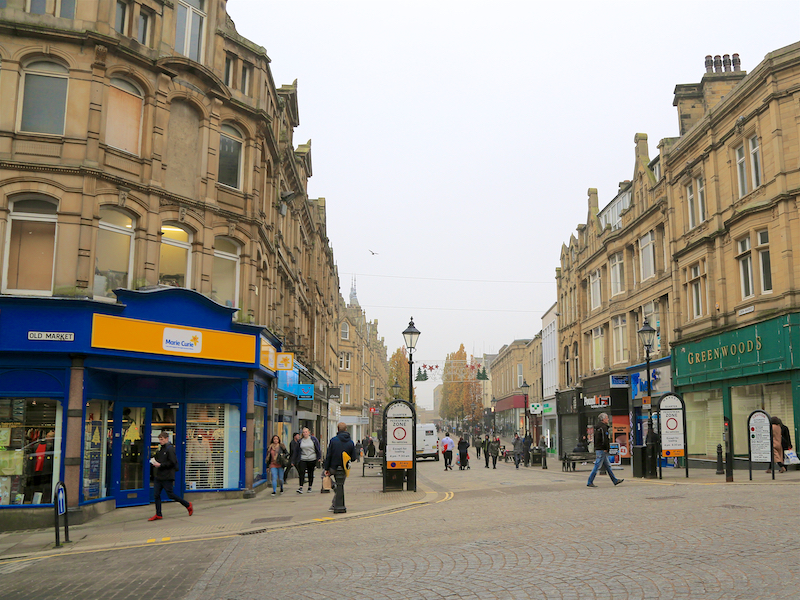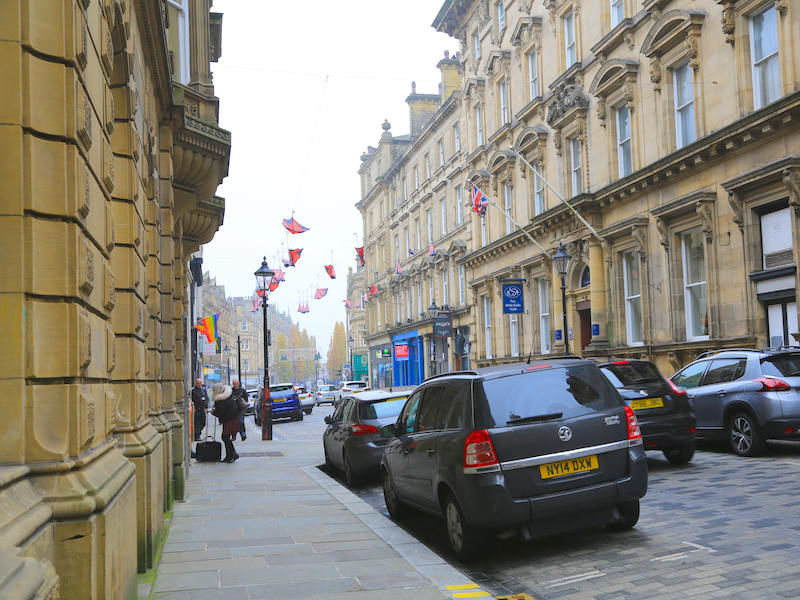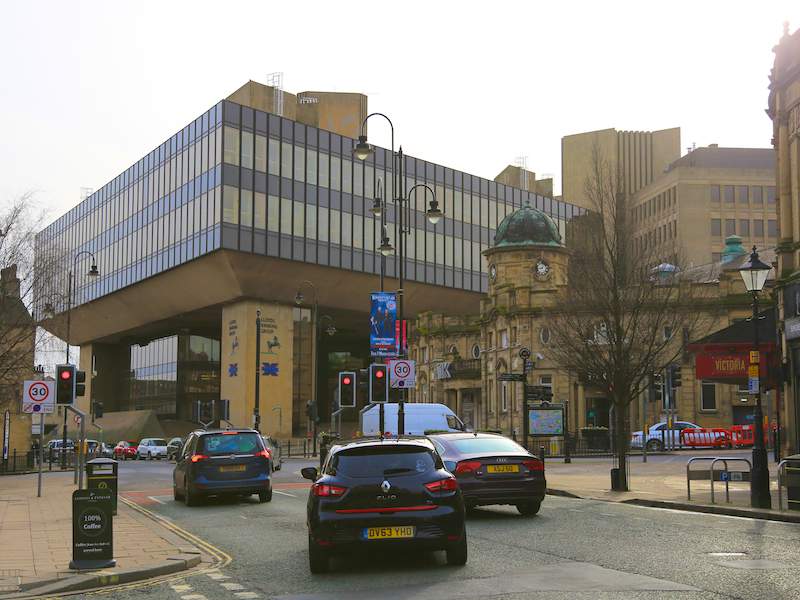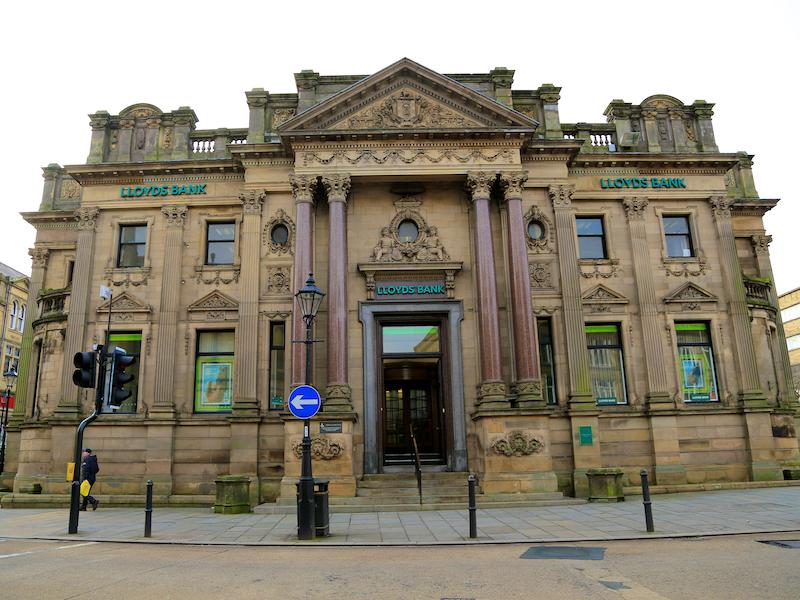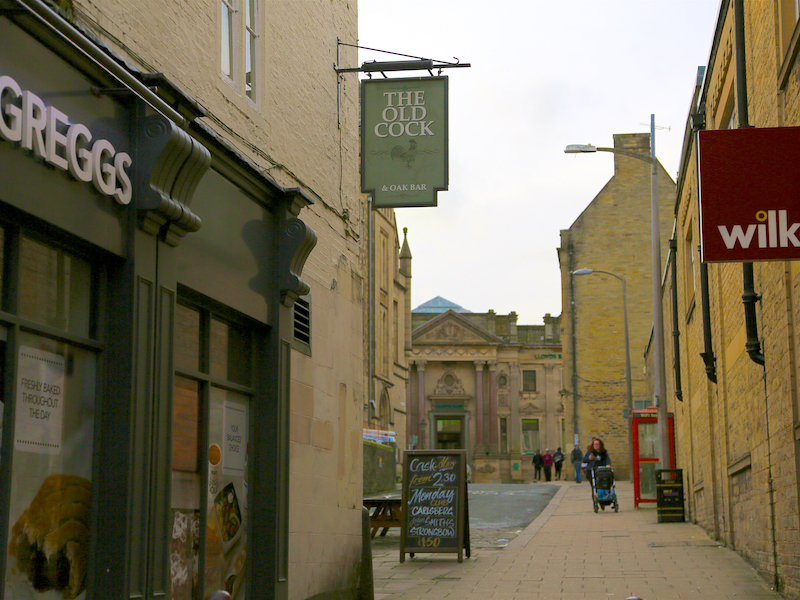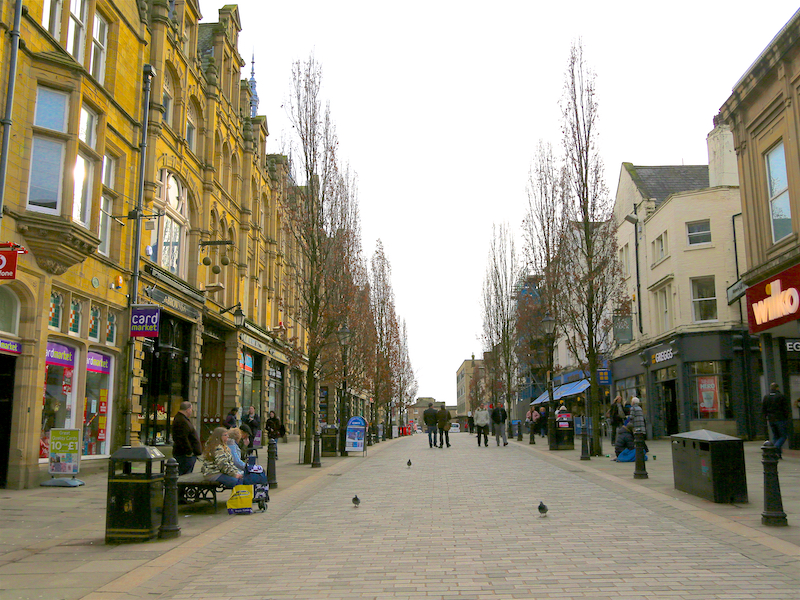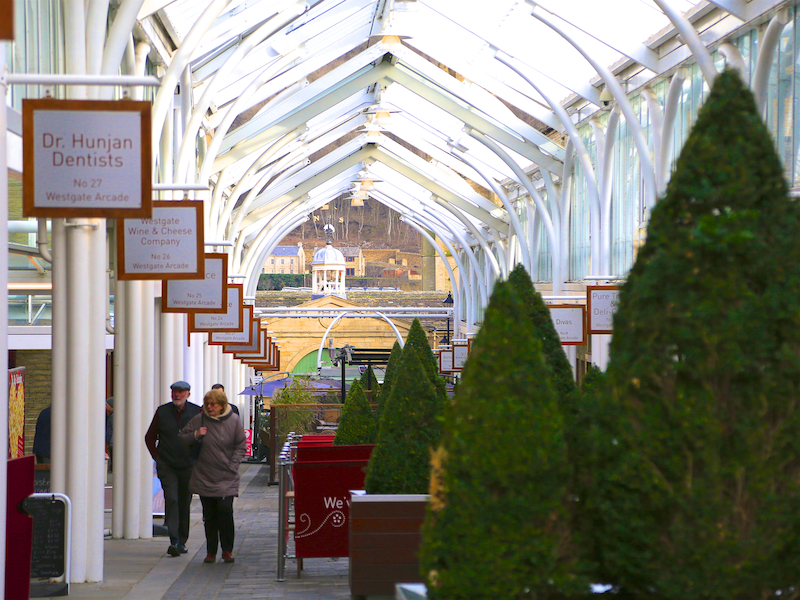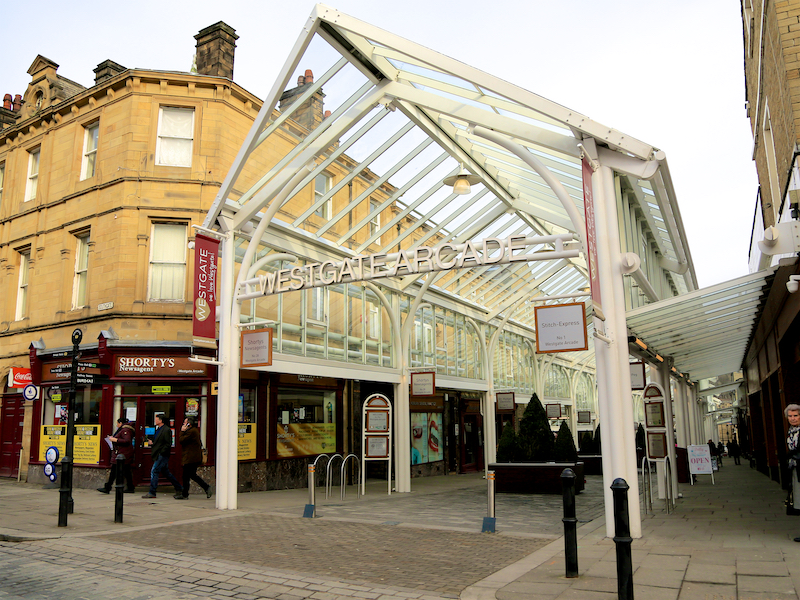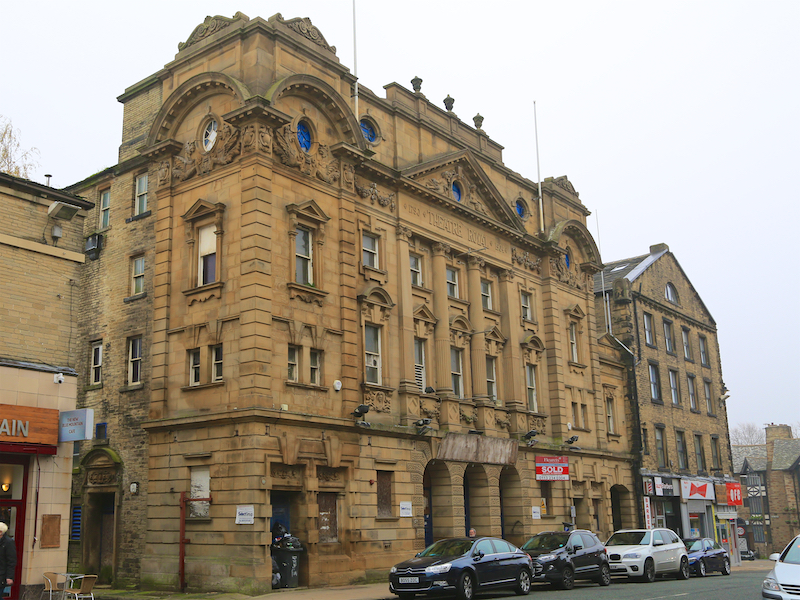Superlative Walks
Urban and rural trails, each with something very specialHALIFAX
DIRECTIONS
Summary
This walk leaves the centre of Halifax, ascends to a viewpoint, crosses the edge of open country to a fine park and old hall before returning to the bustle of Halifax via two interesting bridges.
Halifax in West Yorkshire, was a centre of woollen manufacture from the 15th century onward. The town’s 19th century wealth came from the cotton, wool and carpet industries and like most other Yorkshire towns, it had a large number of weaving mills many of which have been lost or converted to alternate use. Calderdale’s largest town, Halifax has one of the most complete Victorian townscapes in Britain, with many impressive buildings.
Today Halifax is also known for Mackintosh’s chocolate and toffee products including Rolo and Quality Street. The Halifax Bank was founded as a building society in 1853. By 1913 It had developed into the UK’s largest building society and continued to grow and prosper and maintained this position within the UK until 1997 when it was demutualised. It is still headquartered in Halifax.
Halifax is also home to Suma Wholefoods, the largest independent wholefood wholesaler in the United Kingdom AND the country’s largest common ownership co-operative, specialising in vegetarian, fairly traded, organic, ethical, ecological and natural products
1. The walk starts in the courtyard of the Piece Hall
The Piece Hall, a Grade 1 listed building, is the only remaining cloth hall in Britain, where pieces of woollen cloth were traded. Opened on 1 January 1779, trading took place for two hours on a Saturday morning in a total of 315 merchant trading rooms. After the mechanisation of the cloth industry, the Piece Hall became a public market. The Piece Hall has recently undergone a £19 million conservation and transformation programme. The building fully reopened in August 2017 (on Yorkshire day) with shops, cafes and events.
2. Leave the Piece Hall by the eastern exit from the Piece Hall, next to the Tourist Information Centre and library. Descend the steps cross Square Rd and go down Alfred St. East opposite, bear left onto Church St. and follow it down as it skirts Halifax Minster.
Halifax Minster, parts of which date from the 12th century, is dedicated to St John the Baptist. The minster’s first organist, in 1766, was William Herschel, who discovered the planet Uranus.
3. At the roundabout, turn left along Lower Kirkgate and cross the road and turn right onto Bank Bottom, staying on the right-hand side of the road. As the road bears left, continue ahead up the cobbled track and into the woods.
4. The track winds uphill and just before reaching a metal fence, take a cobbled path on the right heading uphill to arrive at opposite the entrance to QC Self Storage. Cross the road and and take a public footpath left up and into the woods.
5. Continue up the path, taking a small path off right as the main path turns sharply left. Cross a wider path traversing the hill and continue steeply upwards until meeting an even wider path. Turn right to reach the fine viewpoint and beacon on Beacon Hill.
Wainhouse Tower can be seen from the from the viewpoint, to the left, in the distance.
Wainhouse Tower is a folly; at 275 feet (84 m), it is the tallest structure in Calderdale and the tallest folly in the world, and was erected in the four years between 1871 and 1875. The main shaft is octagonal in shape and it has a square base with 405 steps to the top viewing platform. It is a Grade II* listed building. John Edward Wainhouse originally intended the structure as a chimney, with a viewing platform added to the design to spy on his neighbour. The tower was never used as a chimney and it became a folly after the dye works was sold in 1874 and the new owner refused to pay for its completion.
6. Return along the track just taken, with the valley on the left descending to a meeting point of five paths. Turn right onto the widest track uphill for 200 metres then through a green metal gate to the angled junction of Barrowclough Lane and Long Lane. Please note these road names are not visible on the road itself, only on maps.
7. Continue left on Barrowclough Lane for 60 metres. At the fork in the tracks (of Marsh Delves Lane and Dark Lane), continue ahead (on Via Magna) until just after the track widens, take the footpath running to the left of a wall, between two metal gates at right angles on the left.
8. Head down the hill on the footpath, through a couple of bends to emerge in a modern housing estate, where the footpath joins the road, Shibden Hall Croft. Turn right and then first left to reach the main road, Shibden Hall Rd.
9. Cross the busy road, and walk left for 10 yards, then take the footpath on the right, next to the sign and entrance to Rodridge farm and head downhill on a narrow path between fences, with fields on both sides, to an arch to a tunnel under the railway line.
10. Emerging from the tunnel enter Shibden Park straight ahead, through the gap in a stone wall. There is a map of the park near the entry point, showing the location of the toilets and café to be found here. Follow the path to the left round the boating lake, past the play area, and where the path goes right round the lake take the path left up the cobbled slope and then left under the trees and immediately right up the hill, to the pond below the Hall.
11. Take the path round to the left of the pond, uphill to Shibden Hall.
The hall dates back to around 1420, and for three hundred years (c. 1615-1926) it was in the hands of the Lister family, wealthy mill-owners and cloth merchants, the most famous resident being Anne Lister (1791–1840). She commissioned York architect John Harper and landscape gardener Samuel Gray in 1830 to make extensive improvements to the house and grounds. A gothic tower was added to the building for use as a library and the major features of the park were created, including terraced gardens, rock gardens, cascades and a boating lake. A “Paisley shawl” garden designed for the terrace by Joshua Majorwas added in the 1850s. On Anne Lister’s death in the Caucasus, the estate passed to her lover, Ann Walker, who died after being forced into an asylum. Possession then returned to the Lister family, who donated it to Halifax Corporation in 1933, who in the next year opened it as a museum.
Anne Lister was a well-off Yorkshire landowner, diarist, mountaineer and traveller. Throughout her life she kept diaries which chronicled the details of her daily life, including her lesbian relationships, her financial concerns, her industrial activities and her work improving Shibden Hall. Her diaries contain more than 4,000,000 words and about a sixth of them—those concerning the intimate details of her romantic and sexual relationships—were written in code. The code, derived from a combination of algebra and Ancient Greek, was deciphered in the 1980s. Lister is often called “the first modern lesbian” for her clear self-knowledge and openly lesbian lifestyle. Called “Fred” by her lover and “Gentleman Jack” by Halifax residents, she suffered from harassment for her sexuality, and recognised her similarity to the Ladies of Llangollen, whom she visited.
12. Follow the main drive to the left of the Hall, then left at the junction up the cobbled road to the top car park, and turn right onto Shibden Hall Rd. Follow Shibden Hall Road, which becomes Lister’s Rd for ⅓ mile to an ornate iron bridge over the A58.
13. Cross the bridge and bear left down the hill (New Bank), crossing the busy road at the footbridge. Descend the steps to the bottom on Beacon Rd. Cross Beacon Hill Rd and continue to the right down New Bank towards the busy junction. Cross Charlestown Rd at the traffic lights and turn right to cross Hebble Brook then cross the iron bridge (North Bridge).
14. At the end of the Bridge turn left down North Bridge St and left onto Bowling Dyke, following the road under North Bridge as its name changes to Old Rd.
Stretching off to the left is the huge Dean Clough complex. Walk up Old Lane to enter the Dean Clough complex via a narrow pedestrian entrance. Descend to enter and explore the complex. There are good signs at various points.
Dean Clough Mill, located beside the Victorian Gothic Revival North Bridge, was built in the 1840s–60s for Crossley’s Carpets, owned by John Crossley and was once the largest carpet factory in the world at ½ mile in length.
The Crossley family began carpet manufacture in modest premises at Dean Clough, on the banks of Hebble Brook. The family was philanthropic and Joseph and Sir Francis Crossley built and endowed almshouses for their workers, which exist to this day and are run by volunteer trustees.
It was converted to a business park in the 1980s. It is now the home of Barrie Rutter’s Northern Broadsides Theatre Company and the IOU theatre company as well as providing space for eight art galleries. The Artworks is a collection of artists’ studios, gallery space and an art school housed in an old mill complex just to the south of the town centre.
15. Return to past Mill D turn left along Dean Clough, the road and follow Northgate round past the Vue Cinema. Cross the road as it bends right and follow Northgate for 10 metres and then turn almost immediately right into Crossley St. at the back of the Town Hall.
Halifax Town Hall was designed by Charles Barry, who also designed the Houses of Parliament. It was opened by the Prince of Wales (later King Edward VII) in 1863, and is one of many fine Victorian Buildings in the centre of Halifax.
16. Opposite the Town Hall, turn left down Princess St, turn left at Old Market and right into an arcade. Follow the arcade and cross Russell St to enter the Borough Market Building.
Borough Market is a Victorian covered market in Halifax, West Yorkshire, England. The market occupies a town centre site between Southgate, Albion Street and Market Street. The glass and wrought iron covered marketplace, surrounded by stone-built shops and accommodation, was built between 1891 and 1896 and opened by the future King George V and Queen Mary. The design included three public houses on the Market Street side and fishmongers’ shops on Albion Street with the remaining exterior shops all being butchers’ shops. The award-winning market is open six days a week, with some 125 market stalls. For the best experience, go into the market to see its dome.
17. Take the exit on the right out of the Borough Market, turn left on to Corn Market and then second right into Old Cock Yard. Turn left onto Commercial St and at the second left, Alexandra St look ahead to the Halifax Building.
Ahead of you is the new Halifax Building Society HQ, now part of the Lloyd’s group.
18. Turn left down Alexandra St, cross Southgate and continue ahead down Westgate Arcade to arrive back at the Piece Hall.
Note the empty Theatre Royal dating from 1790 to the right of the junction of Alexandra Street and Southgate. Plans have been approved to convert the building into a hotel.

